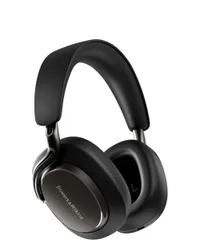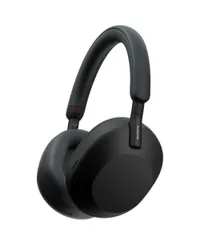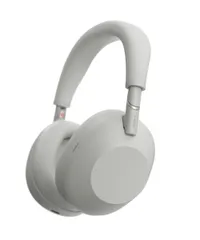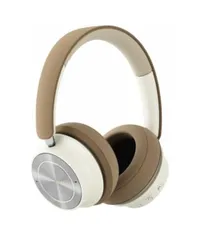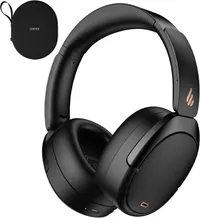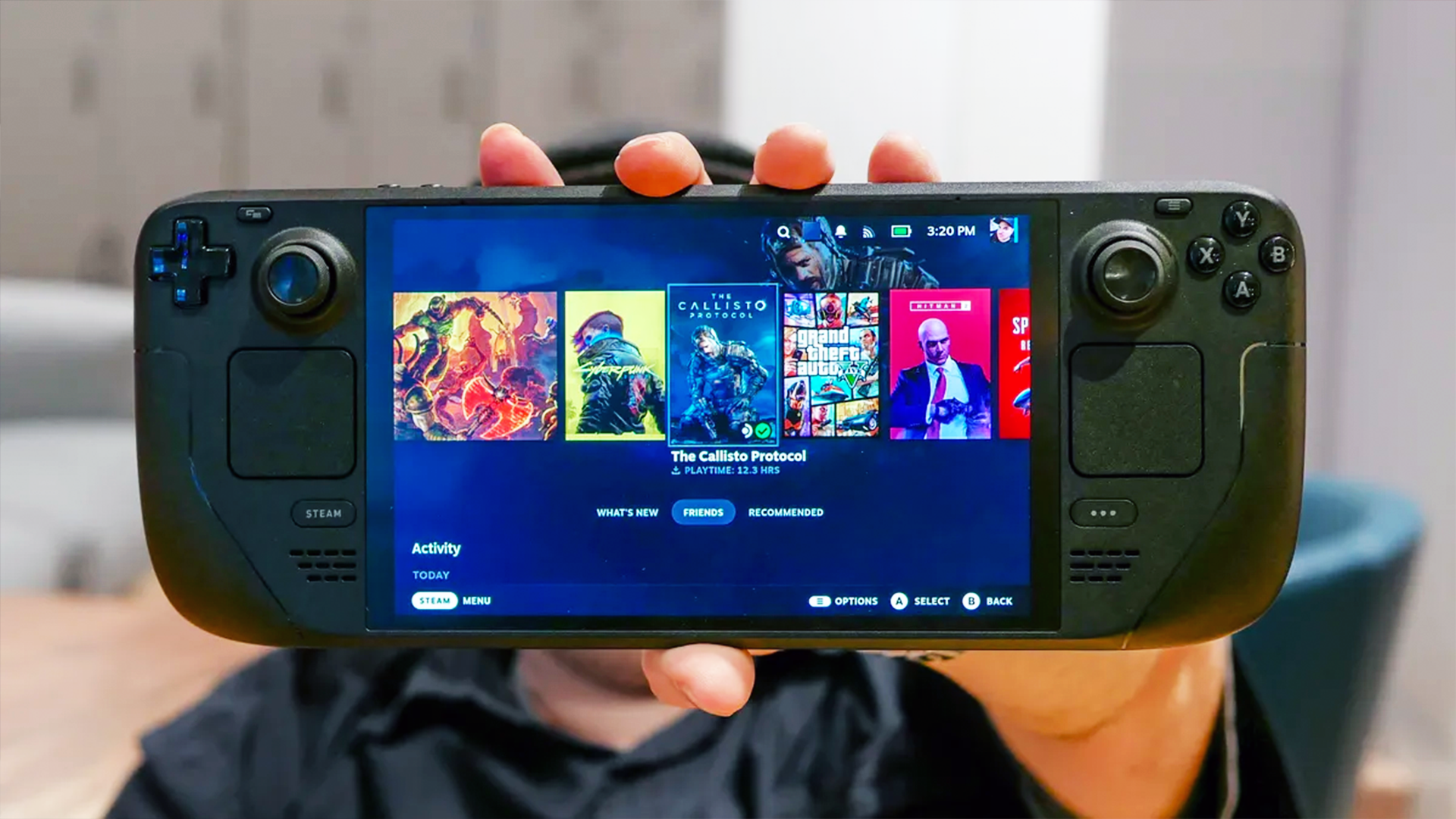Best headphones of 2025: Top picks tested by experts
All the best over-ear headphones and wireless earbuds tested and rated by audio experts
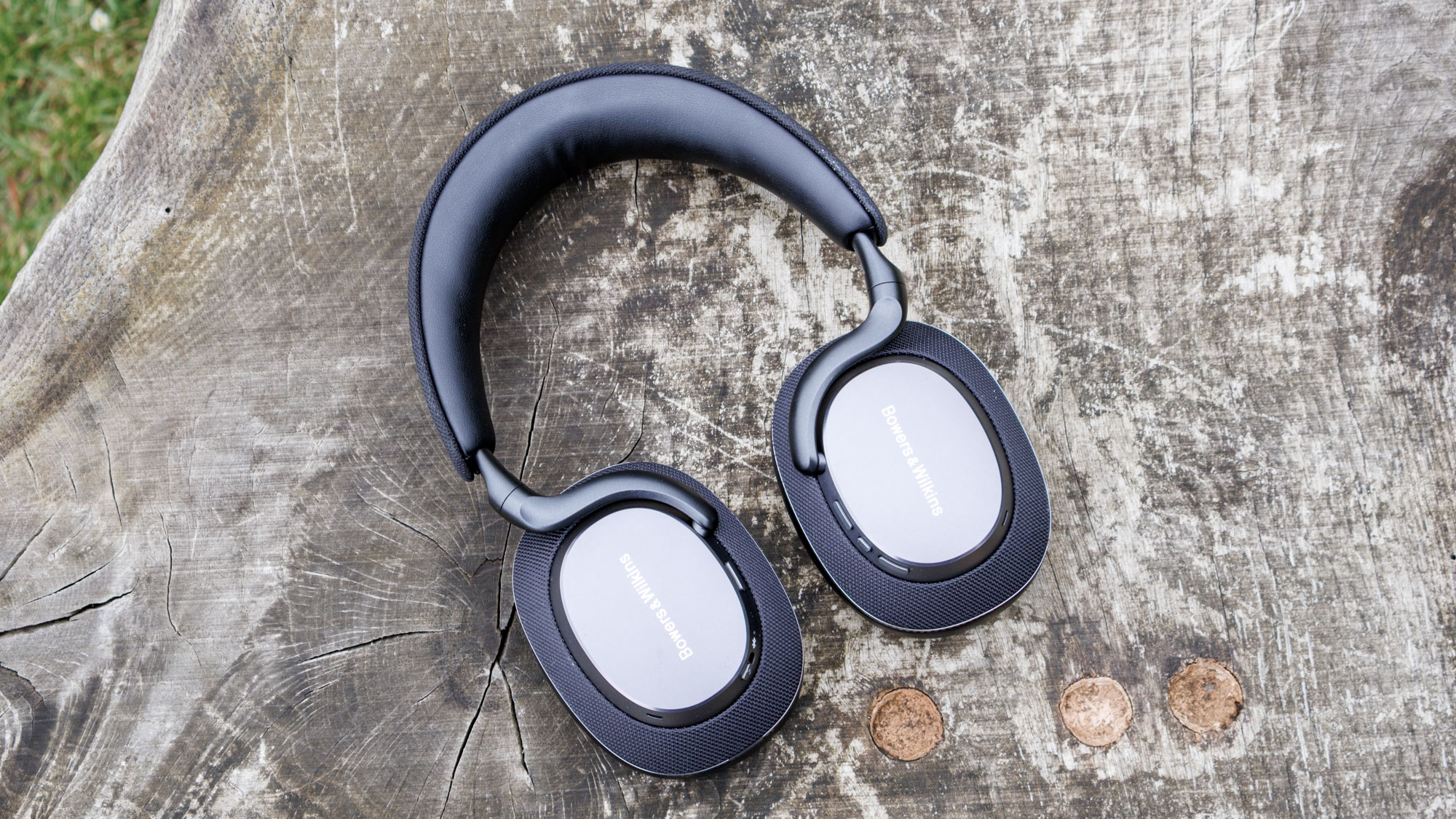
It's finally happened — Sony is no longer the manufacturer of the best headphones you can buy today. I've spent a lot of time deliberating, turning things over in my head, and listening to loads and loads of test tracks, and the king has been dethroned.
The replacement for the WH-1000XM5? The Bowers & Wilkins PX7 S3.
They bring a stunningly comfortable fit to the table, along with some of the best sound quality I've ever heard out of a pair of wireless headphones. They've even pushed the brand new XM6 out of contention — they're that good.
But we don't all have a few hundred dollars to drop on a pair of headphones. Or maybe you've got even more money, and you want something that's even better than the Bowers & Wilkins option. Don't worry; I've got you covered. Of the hundreds of headphones that Tom's Guide has tested up until now, here are the six best, from noise-canceling champions to battery life heroes — and everything in between.
My favorite headphones right now
So we know what the best overall is, but there's more to life than the jack-of-all-trades of this world. Sometimes, you need a little focus, and headphones are no different.
Want a pair that lasts for a working week and a half? We've got you covered. ANC that'll block out even the noisiest environment? No stress; we know what you need. On a budget? Me too — so let's get into it.
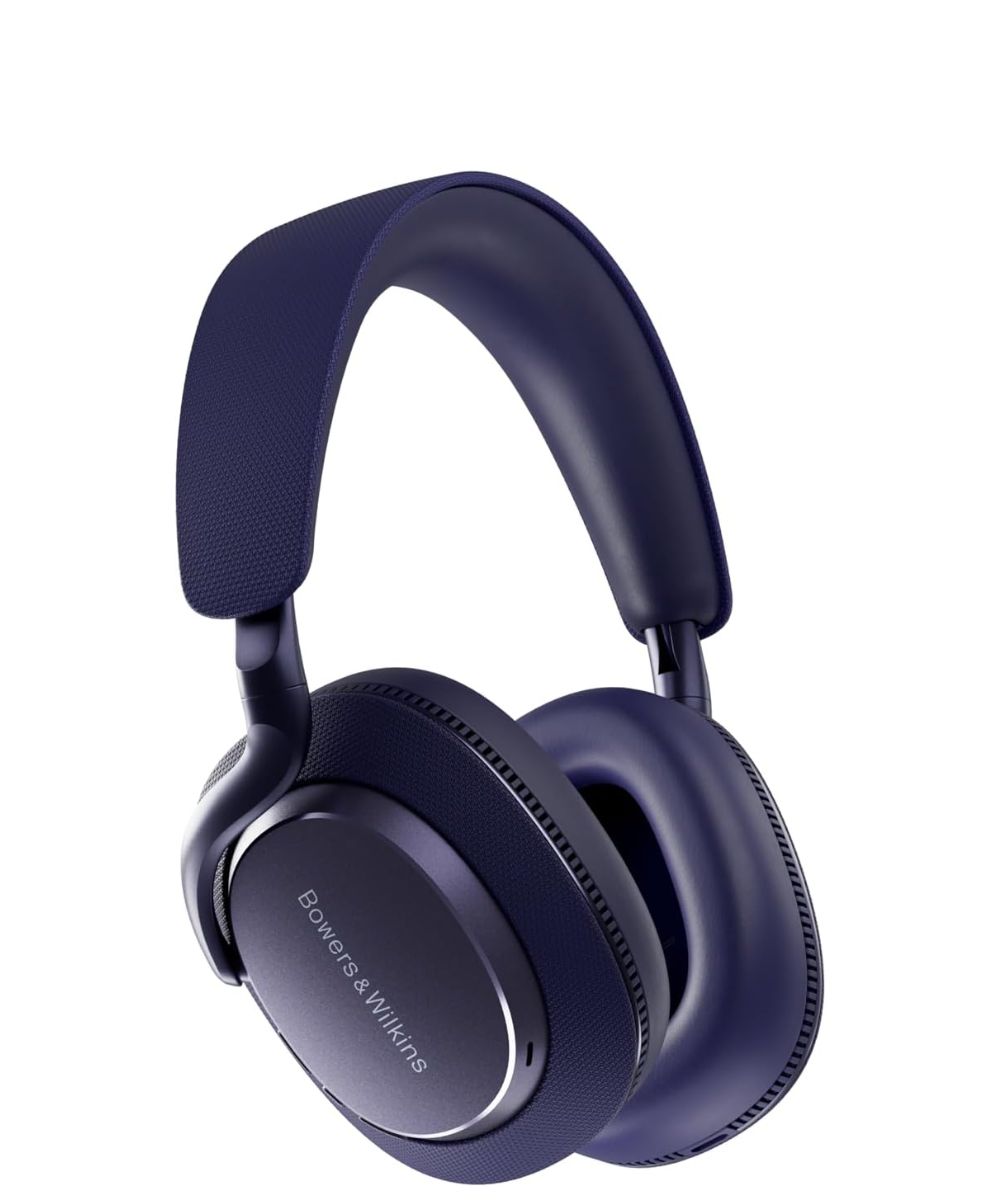
With an updated ANC algorithm and some of the best sound I've ever heard in wireless headphones, the PX7 are the latest addition to the best headphones list. Battery life is solid, and they're supremely comfortable — everything to everyman.
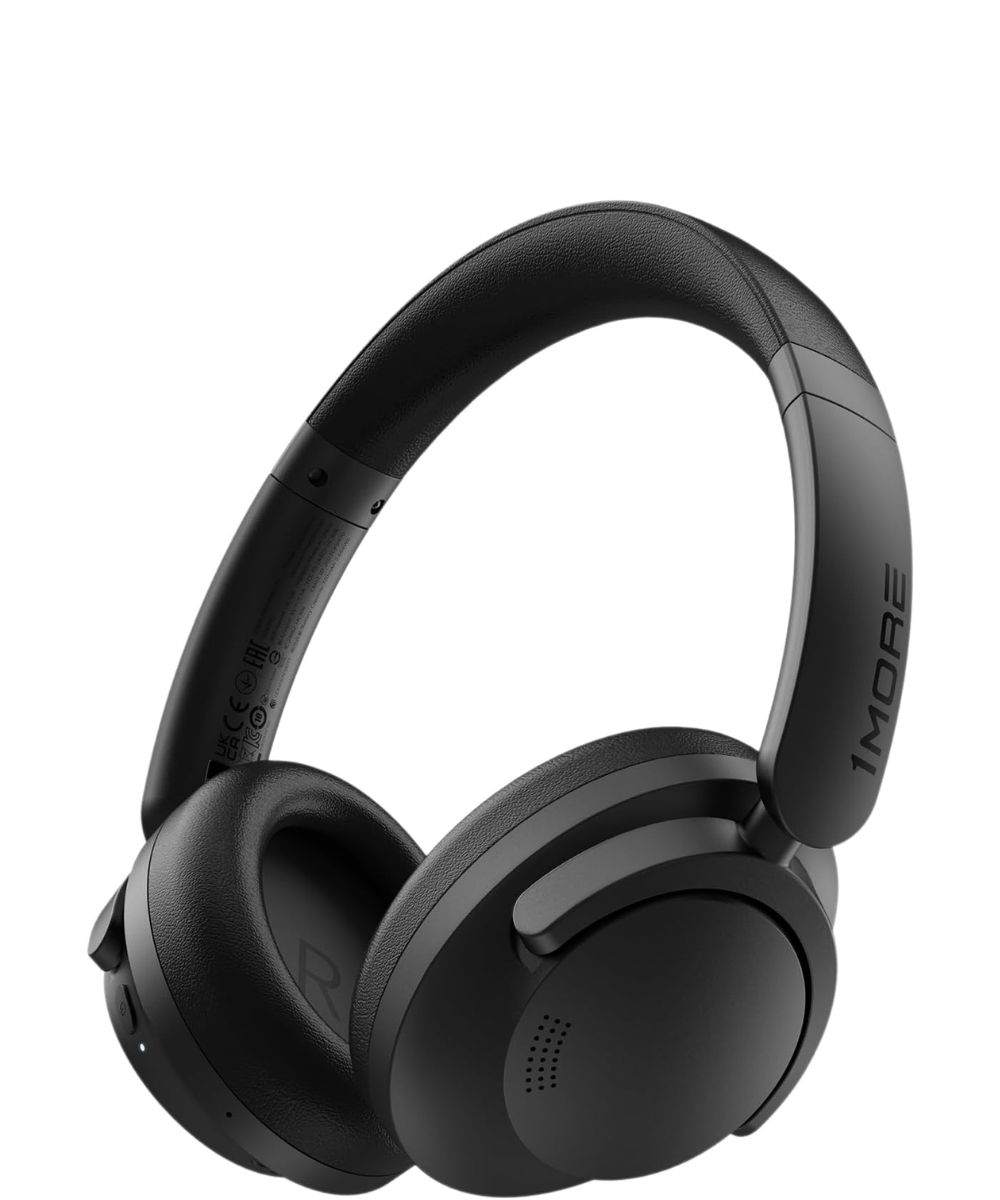
Gone are the days of cheap being synonymous with compromise. I think the SonoFlow SE sound better than even some of the more expensive competition, and their ANC is perfect for the price. You could buy 10 of these for the price of the WH-1000XM5.

When you absolutely want to block out the world around you, there's none better than these cans. Plus, they're supremely comfortable, nestling you in a cocoon of silence. If only their battery life were better.
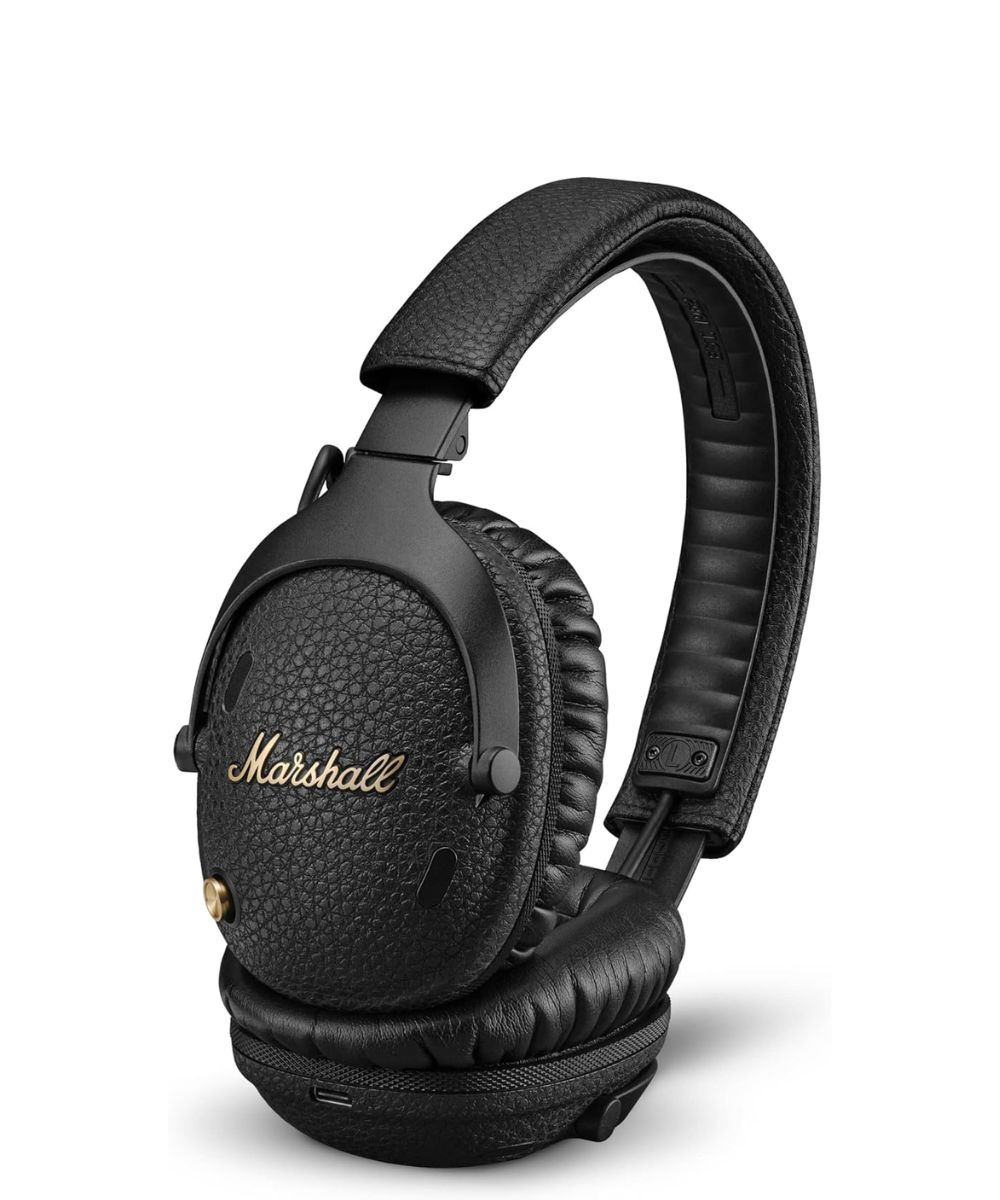
90 hours of battery. That's it. That's everything you really need to know about the Marshall Monitor III besides their great sound, comfortable fit, and stellar style. You'll want to know more, though, I imagine — so I'll go into more detail later.
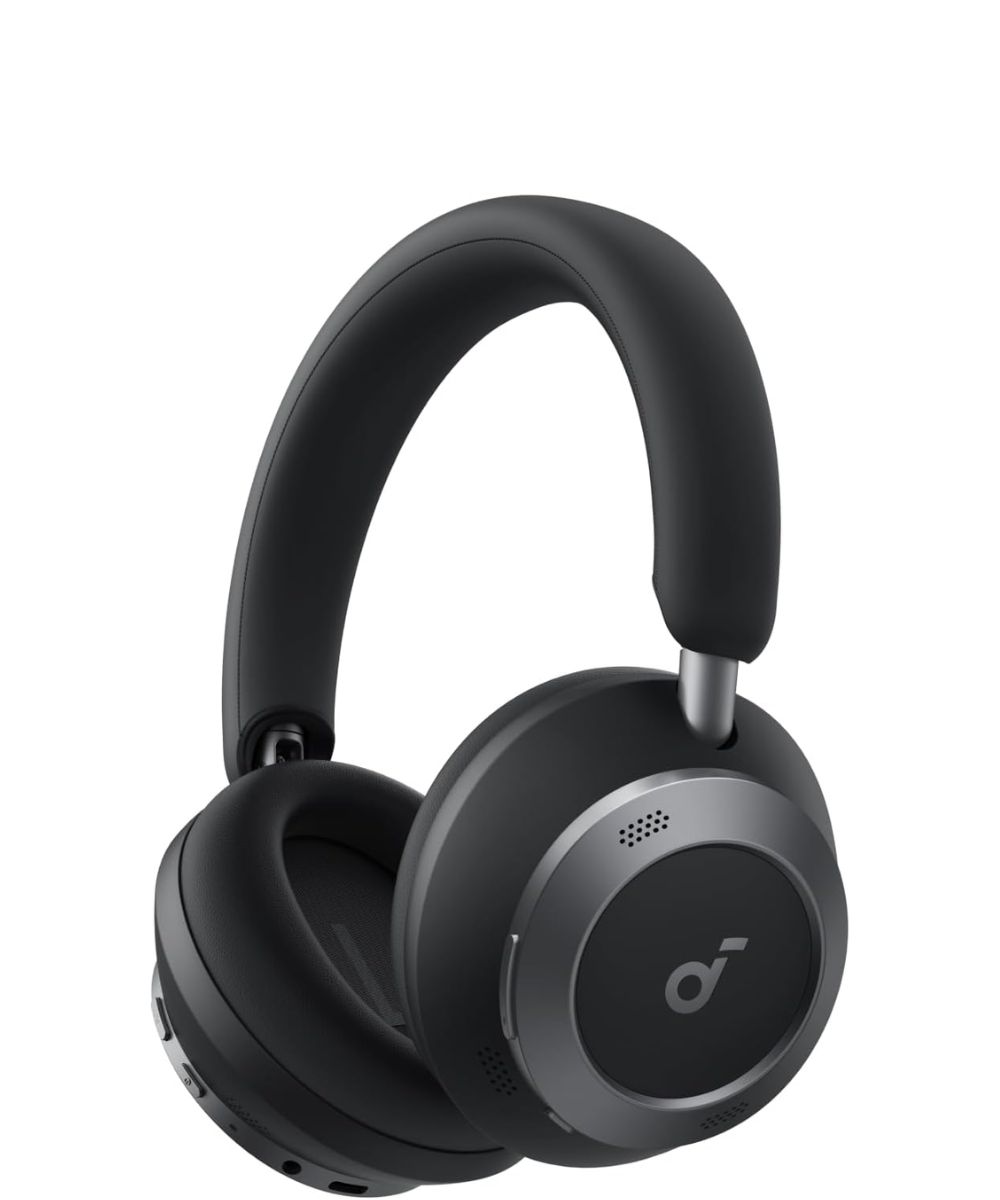
If you've got a little more money to spend, these headphones deliver excellent performance for the price, as well as up to 60 hours of battery life with ANC turned off and 40 with it on.
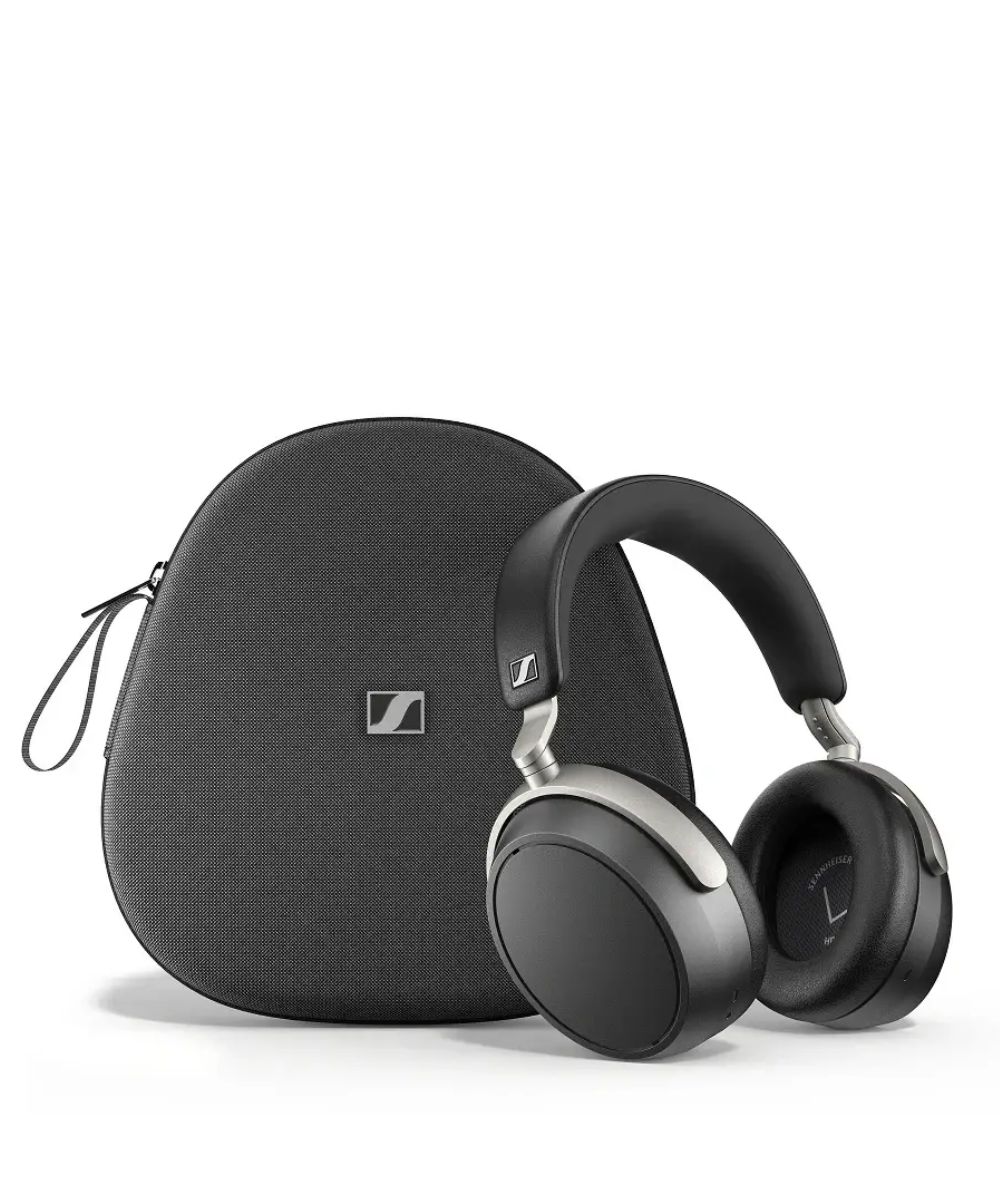
The Sennheiser HDB 630 are a spectacular-sounding pair of headphones, and the dongle in the box makes them sound even better. They're comfortable to boot, and the protective case is very solid.
Headphone jargon buster

Not sure what all those terms mean that you read in a headphone review? Let's break them down and tell you why they're important when picking out even the cheapest pair of headphones.
ANC
This one is going to come up a lot on this guide. ANC stands for "Active Noise Cancellation." It used to be the purview of the most expensive cans and buds, but now the technology has trickled down to devices that cost under $100. It uses some very clever audio science and wizardry to block the noise of the outside world when you're listening to music.
What kind of wizardry you ask? It uses a mixture of white noise and the frequencies in your music to counteract the sounds of the outside world dynamically. This can, as you might imagine, change the sound of your music — so watch out for subtle sound changes when you turn it on.
EQ
You'll see this one crop up occasionally in a bunch of places. It stands for "Equalization," and without going into too much detail, it lets you change how the headphones sound. Some give you special sliders that correspond to different frequencies in the music, and others give you pre-made options designed for different genres. You'll often find these options in an app, although sometimes there are special buttons on the headphones themselves.
Frequencies
This one is actually really simple — it's the different sounds that make up your music! They're fairly self-explanatory. The lows make up the bass notes: Synth basses, kick drums. The stuff that shakes your chest at a concert. The mids are where you'll find most of the music, like vocals and guitars. Look out for them being described as 'wide' or 'fat'. You don't want skinny mids. Finally, there are the highs. Think drum cymbals and the like. You want those to sound lovely and clear, crisp even.
Meet the testing team
If I had to test every single pair of headphones that you see on Tom's Guide, I think it's very possible that I'd go insane. Thankfully for me and my sanity, I've got the trusty Tom's Guide reviews team at my back, who rigorously shake down every pair of headphones I send their way.
Time to introduce you to Tom's Guides panel of experts:

Tammy has been reviewing headphones and audio gear for the last four years. From exclusives on Sonos's flagship Ace headphones and extensive audio testing experience at previous publication iMore, Tammy breathes headphones. There are few times when you find her without some cans strapped to her head.

Erin loves finding the best headphones to listen to her many, many playlists. She loves finding headphones that not only sound clear, detailed, and bassy, but that feel comfortable, too. Armed with her super-varied music taste, she's on a mission to track down the Holy Grail of headphones.

Ashley has reviewed a variety of headphones and earbuds for Tom’s Guide. As a guitarist, she is constantly analyzing music and looking for ways to get the best sound. When listening to music, from metal to synth pop, she knows the headphones make all the difference.
Best headphones you can buy right now
Why you can trust Tom's Guide
Best headphones overall
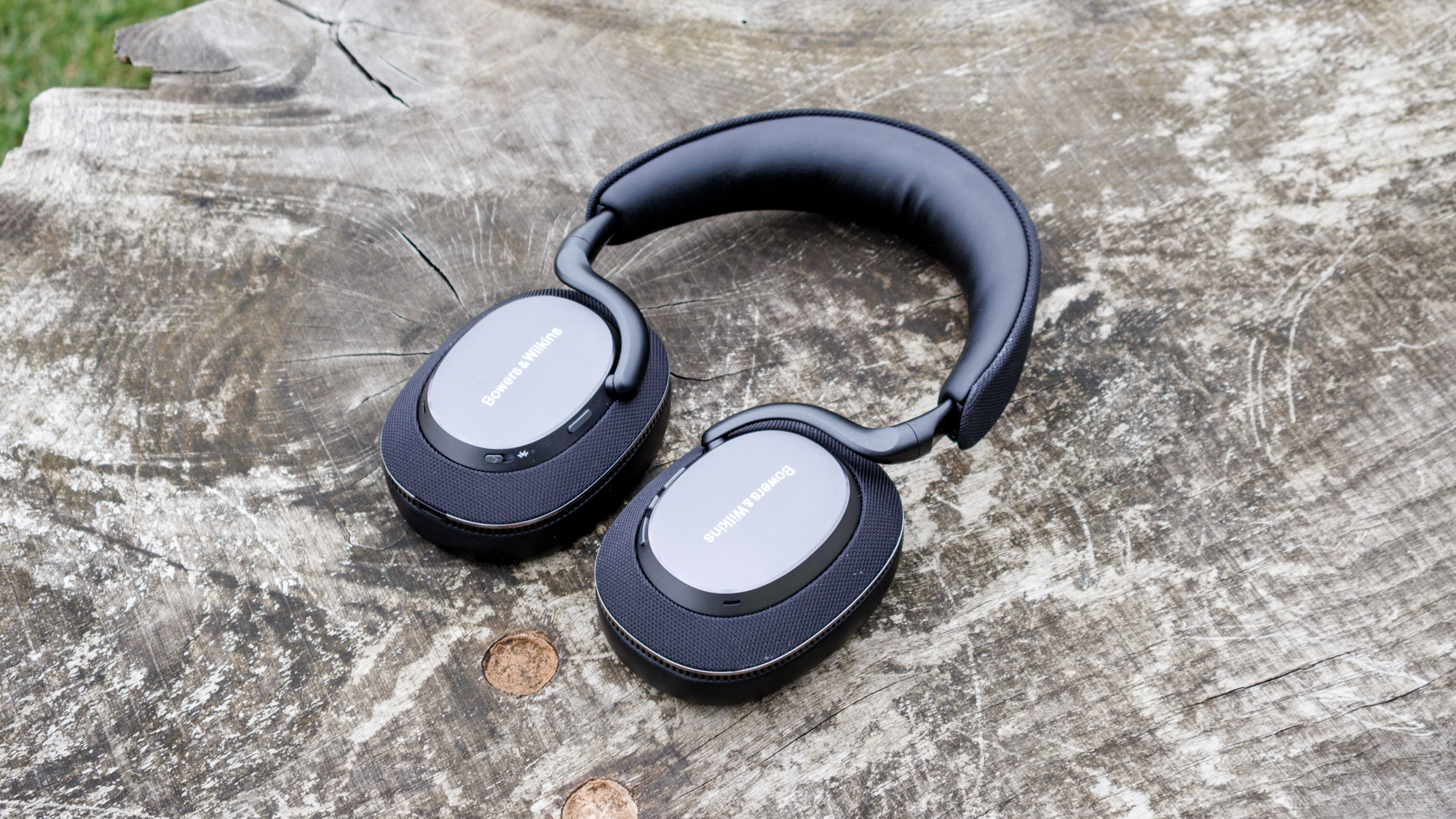
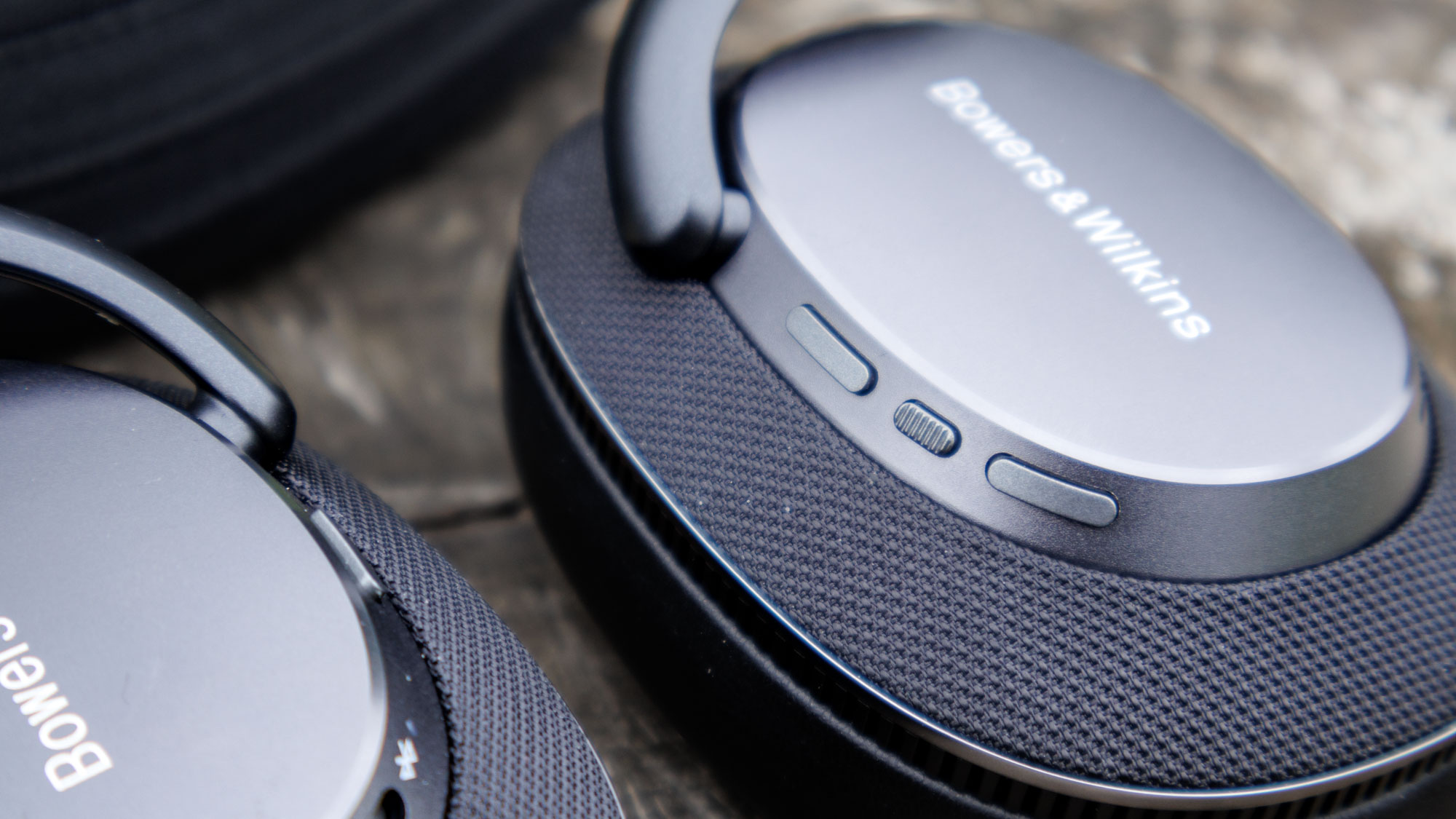
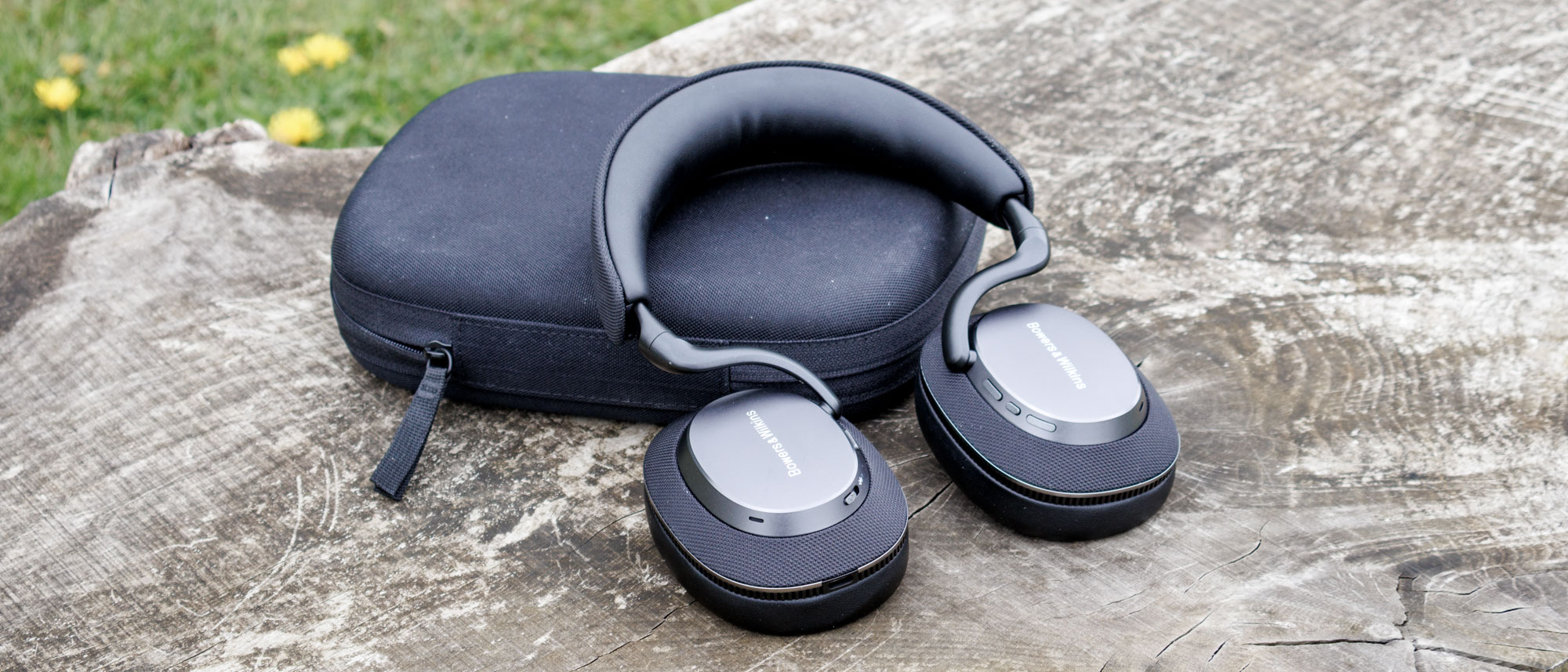
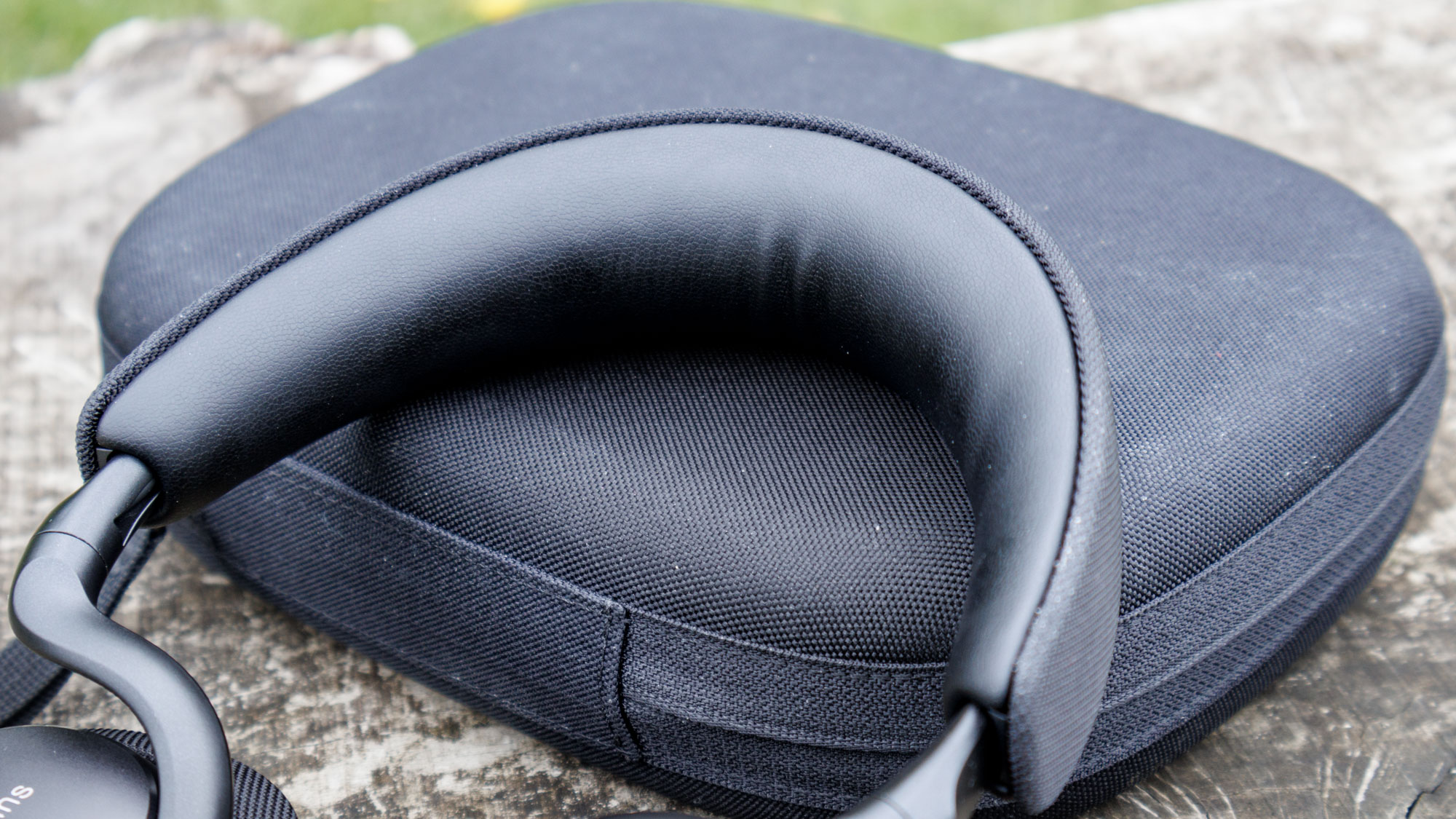

Specifications
Reasons to buy
Reasons to avoid

The B&W PX7 S3 bring a whole slew of features to the table, and they sound better than anything that costs the same. They're incredibly comfortable, very handsome, and they feature excellent battery. Their ANC might not be quite up there with Bose, but it's still very good.
I love the Bowers & Wilkins PX7 S3. I knew I would from the moment they started playing my music — there's little that comes close to coming anywhere close sonically for the same price, or even more.
They're comfortable and attractive, but most of all, they're the first pair of headphones at this price that actually feel premium. They're built much better than the Bose and Sony options, with nicer-feeling materials, and they feel like they'll last a long time.
I gave them 4.5 stars in their review, and there's a very good reason for it. Beyond the sound, style, and build, they also bring a whole range of useful features, not least of all their improved noise canceling.
It might not be quite as impressive as Bose, but the noise canceling is very good at keeping the noise of the outside world at bay. I've been able to enjoy train journeys without being bothered by my surroundings.
I define the 'best headphones overall" as a pair that is all things to all people. Rather than just excelling in one single area, they're good at just about everything. The B&W PX7 are excellent at just about everything — and they're worth every dollar of their higher price.
let's break it down...
Comfort
The B&W PX7 S3 are a very comfortable pair of headphones. Thanks to their thick and plush earcups and wide, soft headband cushioning, I found that I could wear them for hours and hours on end.
Couple the well-judged clamping force with the padding, and you'll find a set of headphones that won't cause any kind of fatigue during wear. They're breathable too, and I didn't find that my ears got too hot at all while I listened to my music.
Sound quality
The best bit of the PX7 S3 is the sound signature. While it's a warm sound (that many will appreciate), it doesn't skimp out on all the detail and mid-strength that make your music sound amazing.
Every genre sounds good, whether it's a massive orchestral piece or a crushing death metal track. They're neutral in presentation without becoming too analytical, and it works very well.
Running through my gamut of test tracks was an absolute ball. I found the EQ useful for adjusting the sound, should you want to as well — although I'd wager you'll like the way they sound straight out of the box.
App
The Bowers & Wilkins Sound app is very good. It houses all of the customization features like the ANC and the EQ, and it's incredibly well laid out and easy to use. I particularly like how it knows what color your cans are; it's the little things that count.
One of the best things about the app is the audio handover feature if you've got one of B&Ws excellent speakers. It lets you pick up where you left off, so you don't have to stop listening to your music.
ANC
Noise canceling is a particular strength of the WH-1000XM5. I've taken them on everything from trains to lengthy car journeys and everything in between. They block out an incredible amount of noise, leaving you in your very own little musical bubble.
Sony's excellent transparency mode is also on board here, activated with the left earcup. It works well, and it has let me hear bus drivers and shop clerks without needing to take my headphones off.
The ANC is a massive improvement over the old model, and I found that they where very good at keeping unwanted noise at bay. I used them on everything from walks outside to bus and train journeys, and I found them to be very good.
There's a transparency mode as well, as you'd hope, and it does a similarly solid job at making it easier to hear the world without taking your headphones off. I was able to order bus tickets and sandwiches while still listening to my music.
Battery life
Battery life is plenty, with 30 hours on tap. During my testing, I found this was a conservative estimate, with extra battery life that I wasn't expecting. Quick charge is a nice bonus as well, juicing up very quickly in a pinch.
Turn ANC off and you'll get some extra battery as well, and I've never had to worry about the battery dying when I don't want it to.
- Read the full Bowers & Wilkins PX7 S3 review
Best ANC headphones
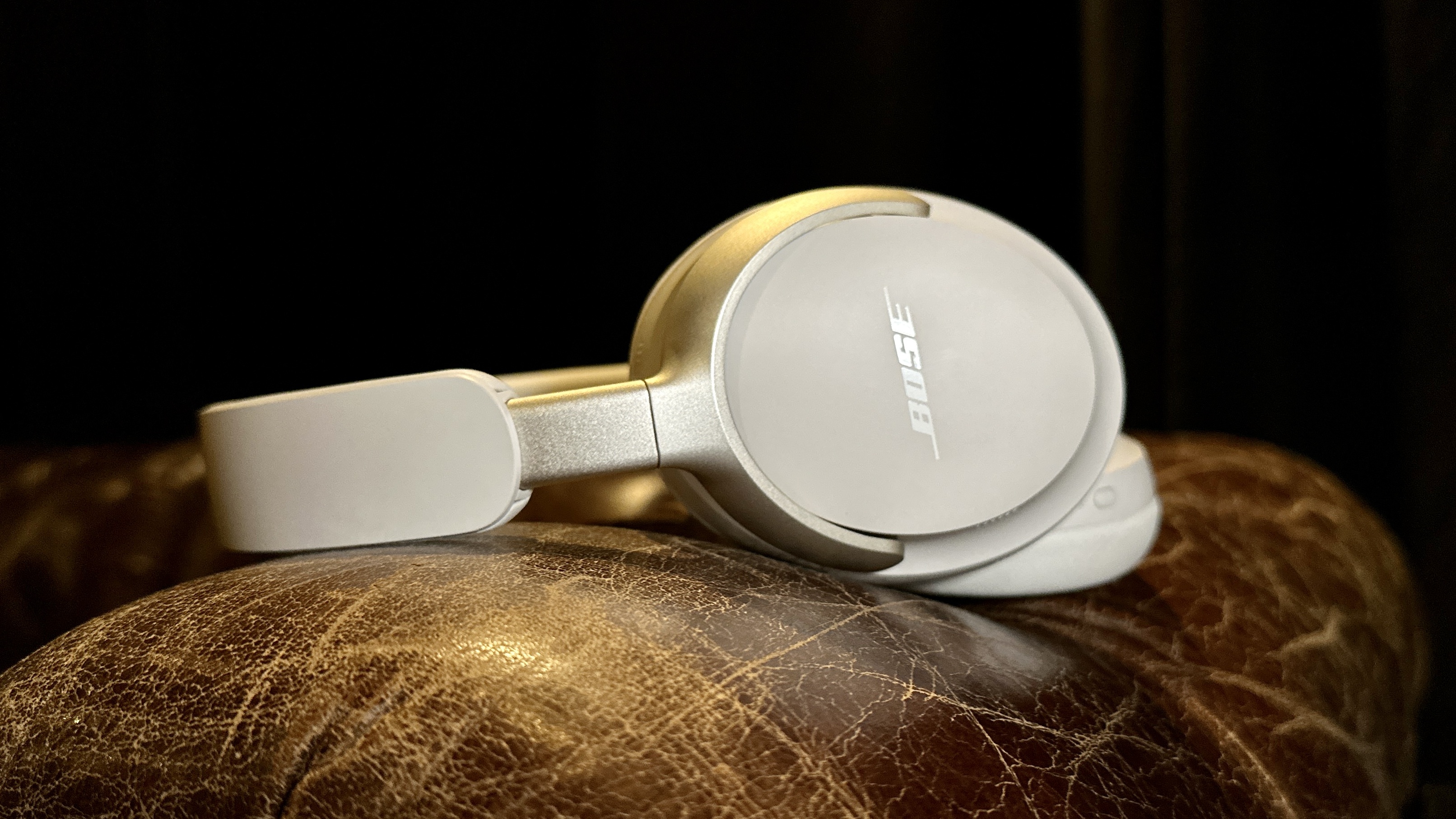


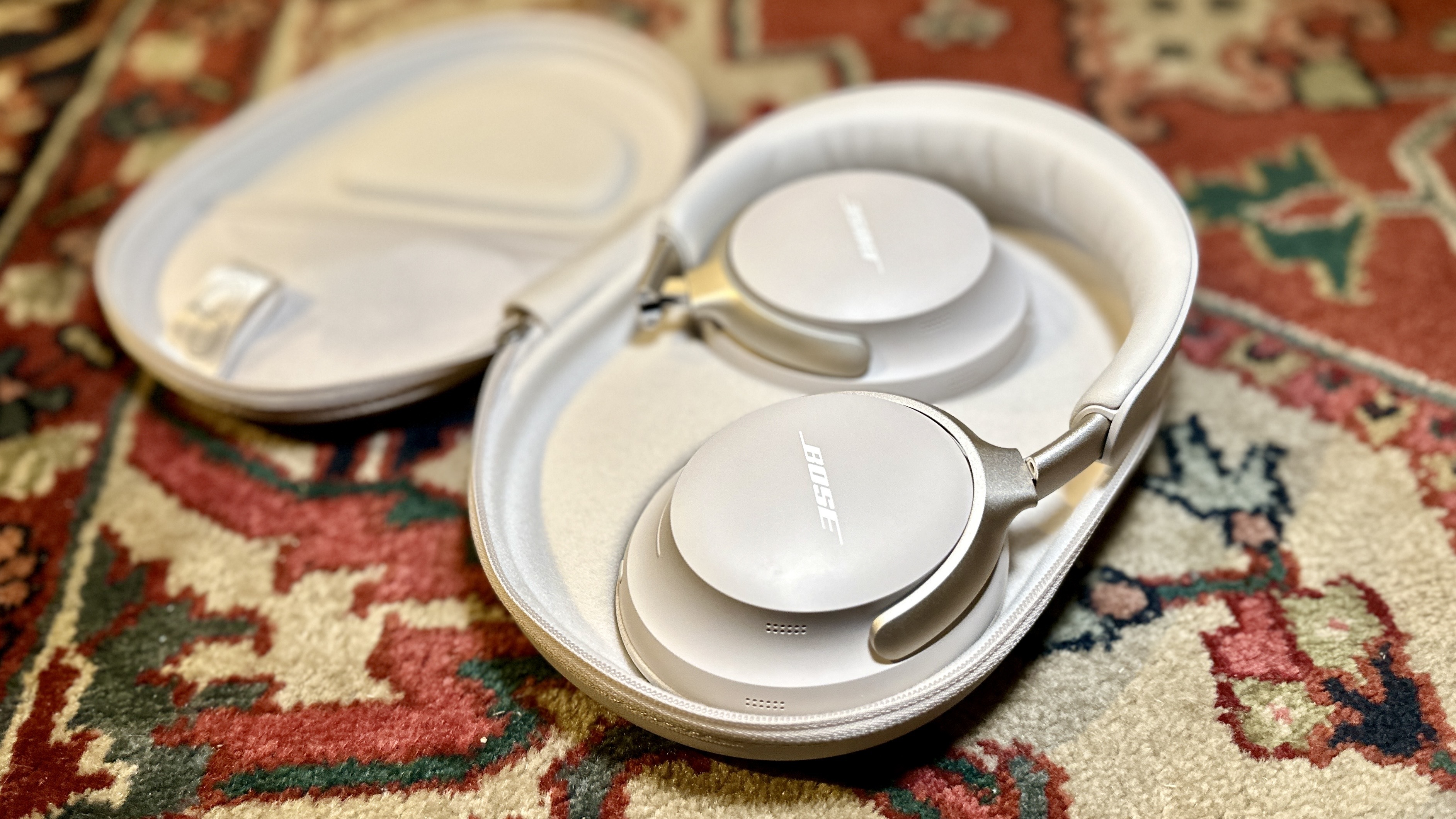
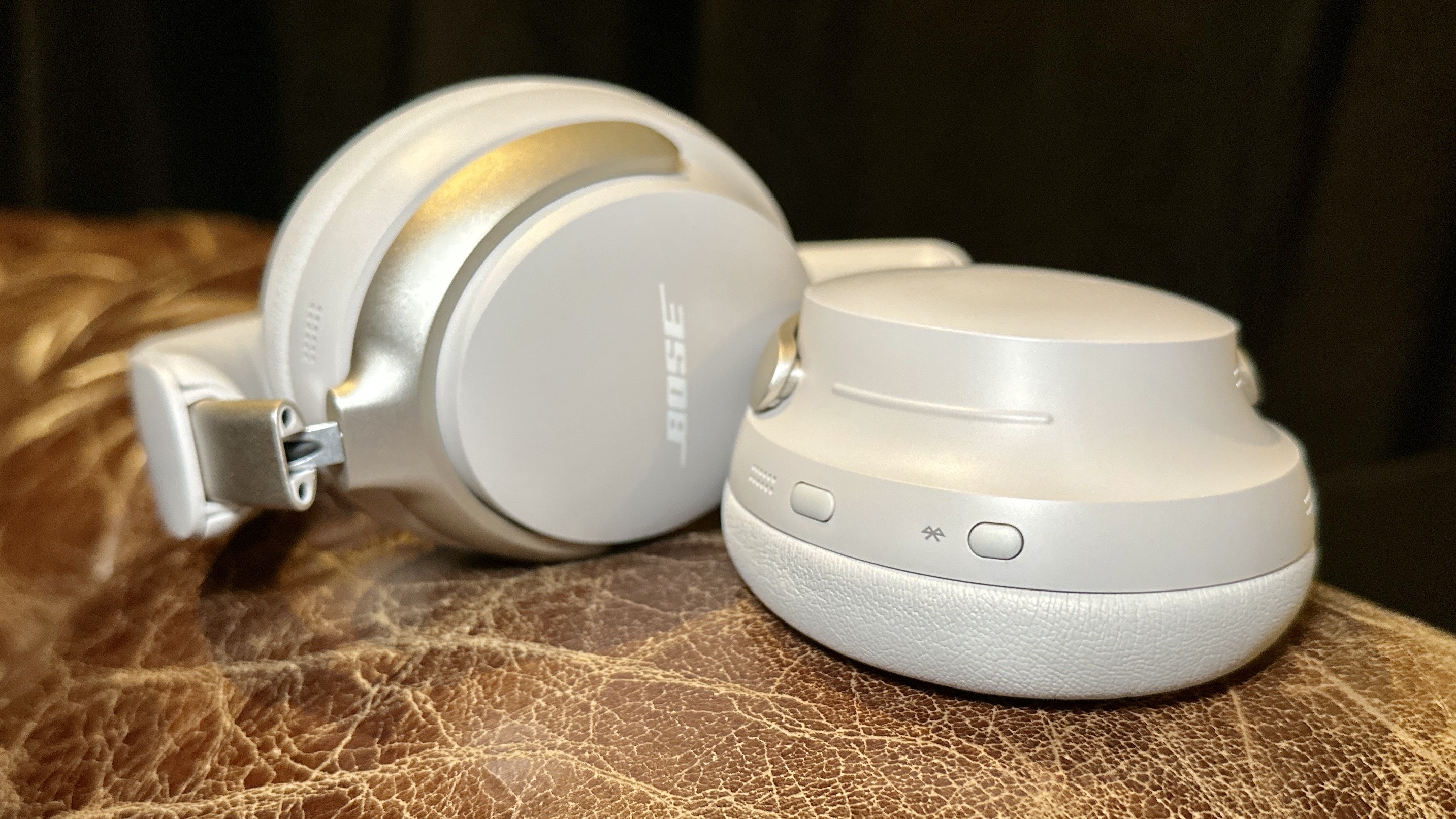
Specifications
Reasons to buy
Reasons to avoid

The Bose QuietComfort Ultra Headphones are the best way to block out noise bar none. Bose's noise canceling is better than just about everyone elses, making the noise blocking ability almost feel like magic. They fall down slightly on battery life, but their comfort and decent sound quality soon make up for it.
There are very few things that I value like my pair of QuietComfort Ultra Headphones. It's not hyperbole when I say they're the best ANC headphones you can buy today — they block out everything.
Press the little noise-canceling button, and with a quick orchestral sweep, you're sealed away into a musical cocoon of your own choosing. I've been able to sleep on extremely busy trains while chilling to smooth jazz, and completely ignore the sounds of crying children on buses.
They're extremely comfortable to boot, thanks to some very thick and breathable vegan-friendly padding on the earcups and the headband. It was thanks to their excellent comfort and ANC that they managed to get a 4.5-star review.
Not everything is perfect in Bose land, however; 24 hours of battery life is better than the AirPods Max, but worse than just about everything else. Make sure you keep a charging cable nearby if you plan on taking these out and about. I know I do.
let's break it down...
Comfort
There's literally comfort in the name of the QuietComfort Ultra Headphones — you'd hope they were comfortable. Thanks to some of the most plush padding on any pair of headphones I've ever worn, the QuietComfort Ultra manage to also be the most comfortable pair of headphones I've ever worn.
They're light too, so they don't get fatiguing when you wear them. This is the pair of headphones I reach for when I'm going on journeys that I know are going to be stressful, and I want something I can wear without getting uncomfortable. They deliver every. Single. Time.
Sound quality
As with so many headphones at this price point, the Bose go for a fairly middle-of-the-road, bassier sound signature. That means that most people are going to have a good time with a wide range of genres.
You can customize the sound with the app, and there are also different sound modes. Immersive Sound is Bose's version of spatial audio, and it does a decent job of widening the sound. It does tank the battery life, however.
I found that listening to my favorite bass-heavy genres was a lot of fun with the QuietComfort Ultra headphones, and that even genres that needed more delicacy still sound good. There are better-sounding headphones, but they're still a very easy listen.
App
Bose's app is by far one of the easiest to use. There are loads of options on board from the aforementioned EQ settings to noise-canceling modes and more. It's all very well laid out, and I found adjusting didn't take long at all.
You can even name the headphones in the app, which is a fun extra. There's only one bugbear with the app — it does occasionally like to crash. It's annoying, but by no means a deal breaker.
ANC
This is what you're here for. The Bose QuietComfort Ultra Headphones reseat Bose at the top of the noise-canceling tree, with ANC that silences just about everything. Even with music not playing the world outside is almost completely gone — perfect for the busy office or obnoxiously loud public transport.
There are different noise-canceling modes as well, including the transparency mode. It pipes the outside world in so that you can hear if someone is trying to talk to you. I found it works well, making it much easier to buy a train ticket or a sandwich.
Battery life
Unfortunately, things slip slightly in battery life for the Bose QuietComfort Ultra Headphones. I found in my testing that the battery life claims of 24 hours rang true, although 24 hours isn't really enough compared to the competition.
That battery life plummets to 18 hours if you use the Immersive Audio feature as well, and you can't use them wired when the battery life is dead.
- Read the full Bose QuietComfort Ultra Headphones review
Best headphones under $200
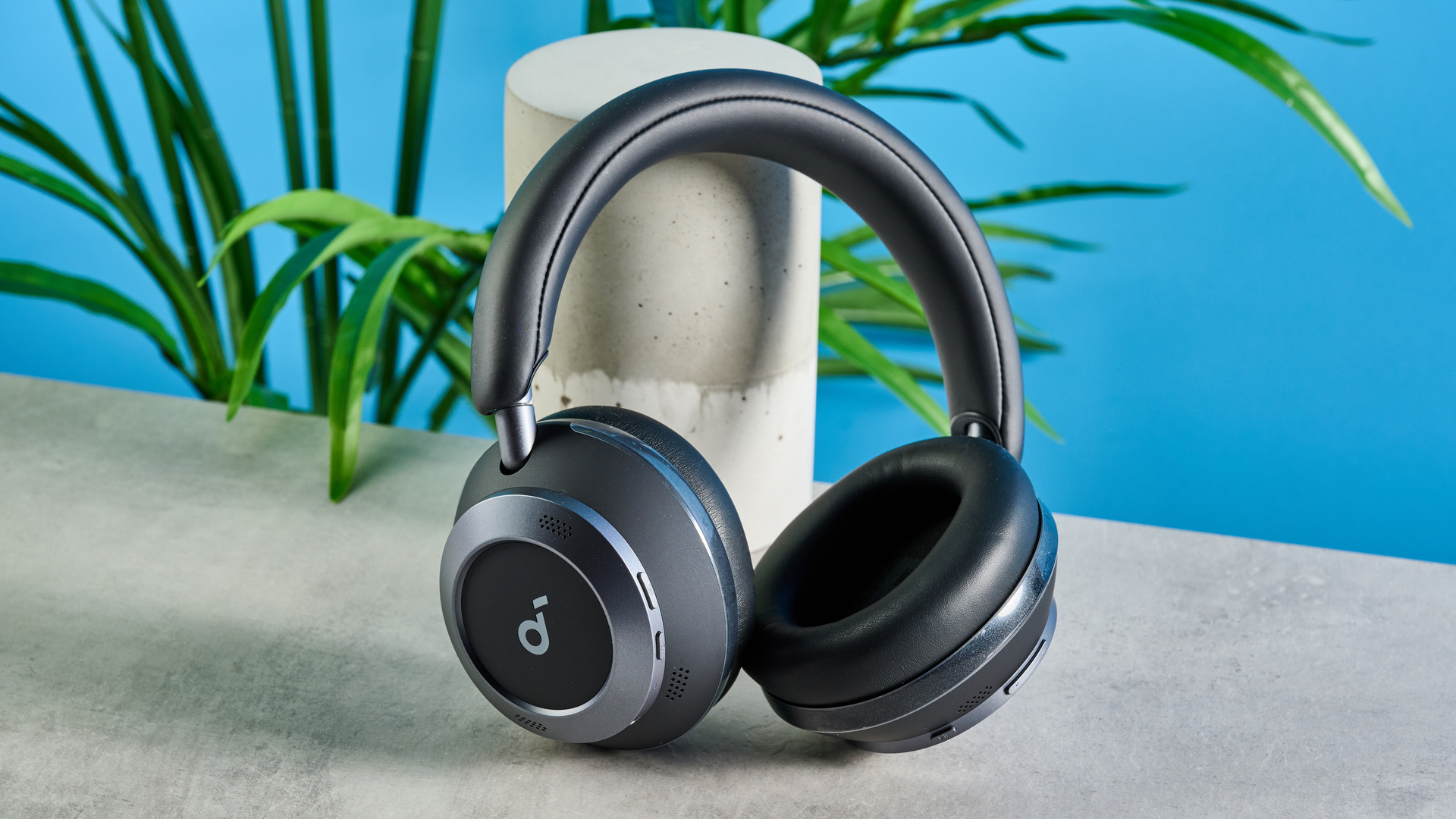
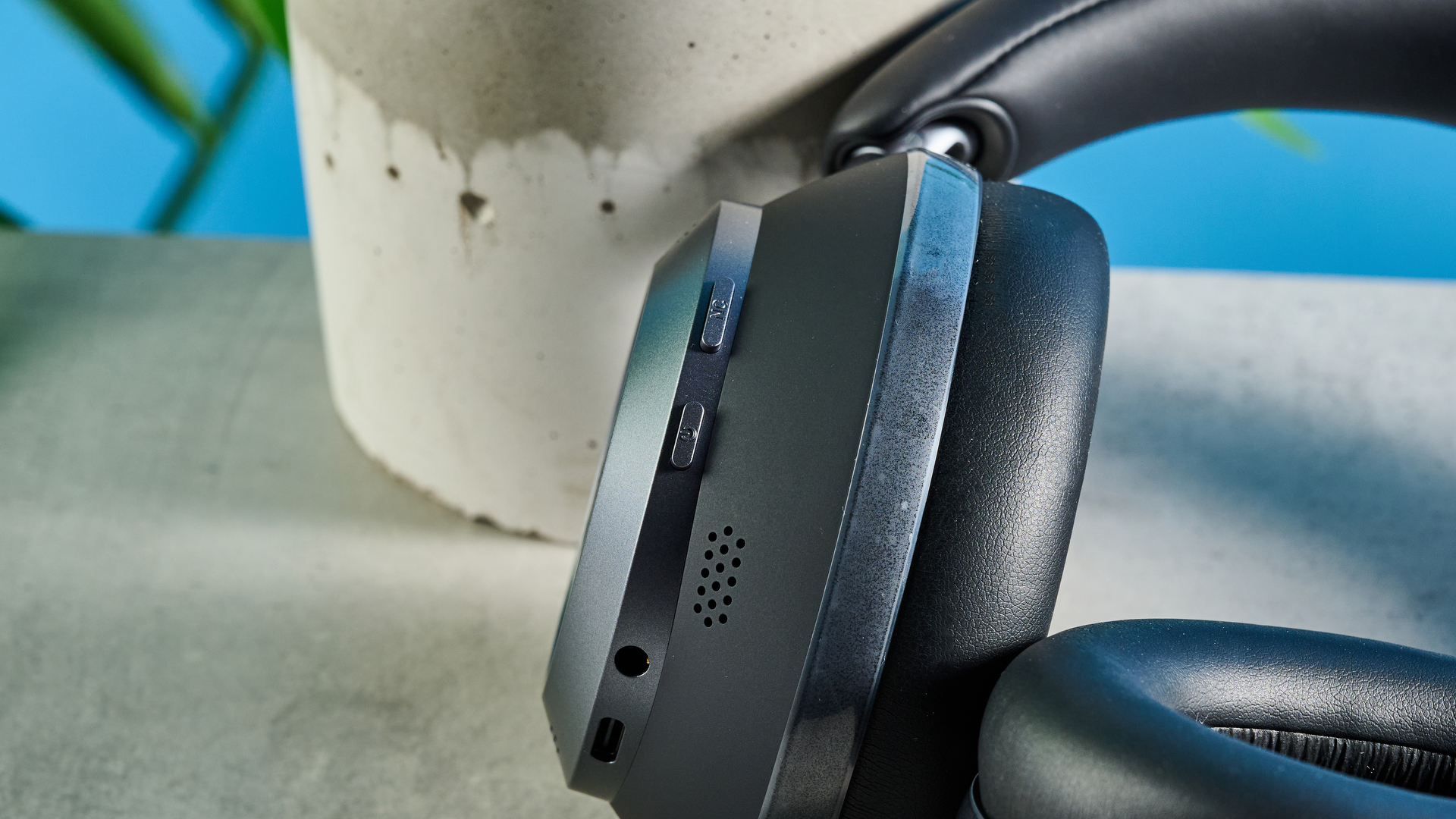

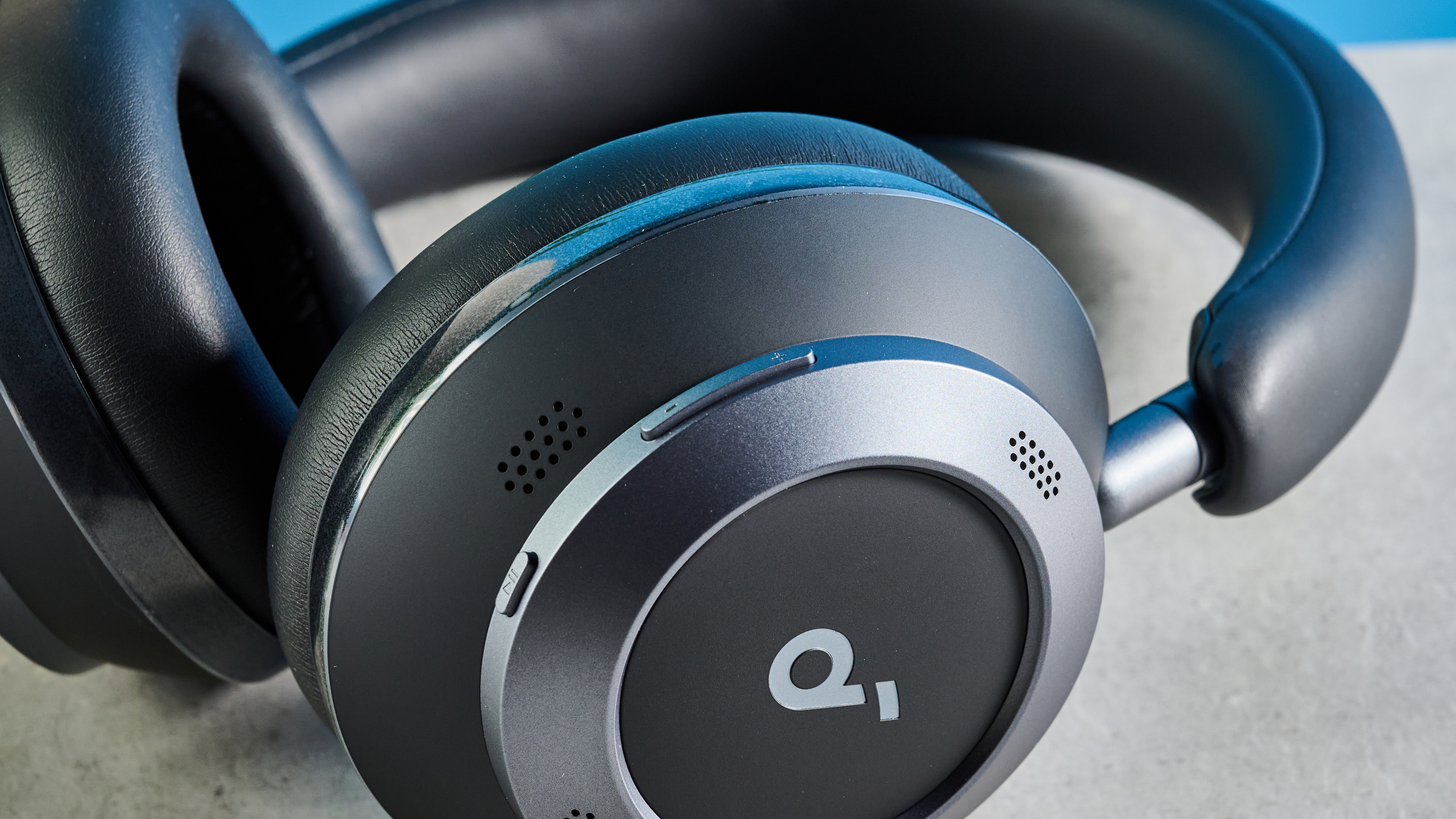

Specifications
Reasons to buy
Reasons to avoid
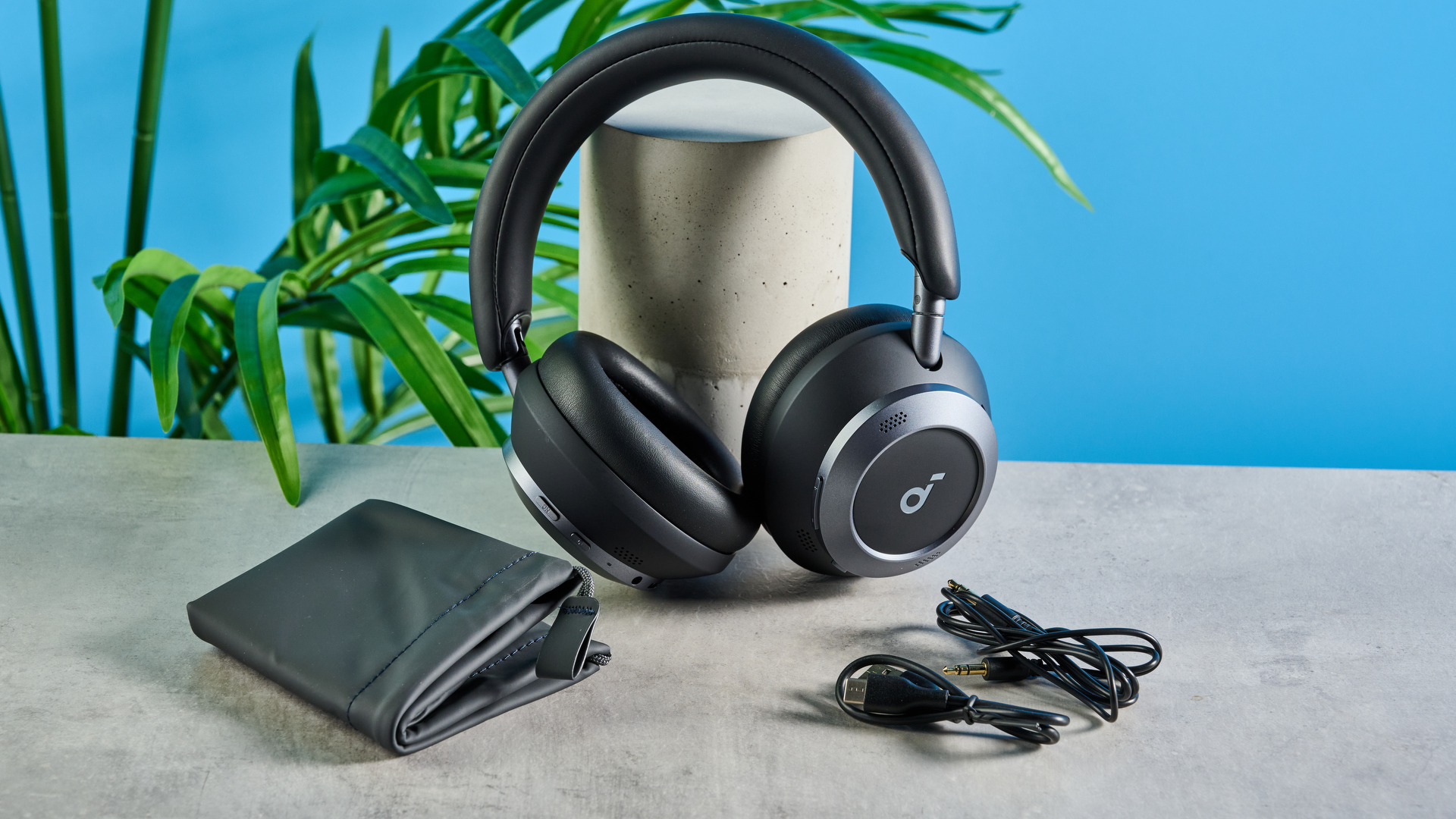
Given that you can generally find the Space One Pro now for $149 (a full $50 below normal asking price), they can feel like an audio bargain. ANC that rivals headphones costing twice as much, a comfortable fit, big, bassy sound and truly epic battery life? A package that belies its lower price.
When you don't want to spend as much money on a pair of headphones, you can be left feeling left out when you look at the specs lists and reviews of the more expensive models. Not so with the Space One Pro — they are a more affordable pair of headphones that wow with flagship specs.
The biggest bonus here for a great range of customers is the battery life. Topping out at 60 hours with ANC turned off, they'll last for a whole lot longer than even the more expensive competition. It's enough that Erin found her battery life tests show that they could have lasted for even longer — always a bonus.
It was in audio testing that they really came alive, though. They feature LDAC support for hi-res listening, and it meant that Erin could hear every single element to the likes of Nissan Altima from Doechii. Thanks to HearID, Erin was able to dial in the headphones to make sure they sounded their best.
She even went on to compare them to the more expensive QuietComfort Ultra Headphones — high praise indeed, given they cost less than half that of the Bose. The only place they fell down was the ANC, and even that was fairly servicable.
let's break it down...
Comfort
Thanks to some lovely, soft vegan-friendly cushioning, the Space One Pro are a very comfortable pair of headphones to wear for long periods of time. The lightweight build helps out as well, as their mere 10-ounce form doesn't get fatiguing when wearing for longer periods.
It's not the thickest padding in the world, so you might find them start to get a bit tighter if you wear them for many hours on end (we did), but you'll otherwise find a very comfortable pair of headphones in the Soundcore Space One Pro.
Sound quality
This is where the Soundcore Space One Pro really make a case for their value package. They sound excellent, not just for the price, with a sound profile that has more than a little QuietComfort Ultra Headphone in its DNA.
They're on the warmer side as many Bluetooth headphones tend to be, but that just makes them a whole lot more fun to listen to. The HearID customization feature also works very well, making sure that the headphones sound best depending on your hearing profile.
LDAC support means there's hi-res support for increased detail and space too, and Erin found an engaging, fun listen when giving Rebecca Black's TRUST a go.
App
The Soundcore app is very good. It's easy to navigate, and it's packed full of useful features that help you get the most out of your headphones. The aforementioned HearID is found here, and it's easy to get working.
There are more EQ options to dial things in to a greater degree, as well as safe volume settings and ANC modes. There's Dolby Audio for some spatial audio as well.
ANC
There's got to be somewhere the Space One Pro falls down, surely? The closest they get is probably going to be the noise canceling. It's not bad by any stretch of the imagination — Erin found that it was enough to silence an office, and negate the noise of bus travel.
It struggles more than the ANC in more expensive models, as you might expect. Some sounds still manage to creep through, bringing with them the disturbing noise to interrupt your peace. Is it enough to lose any points? Absolutely not, but you can't expect world-class ANC at this price.
Battery
Things pick back up for the Space One Pro in the battery life category. You get 60 hours of staying power with the ANC turned off, and 40 if you want to block out the world. That's better than the two options above, at less than half the cost.
We found in testing that battery life might even be better than Soundcore says it is — Erin only lost 10% battery after three full days of use. It will depend on volume level and even EQ, of course, but it's always good to see some good battery life on display.
- Read the full Soundcore Space One Pro review
Best headphones under $100
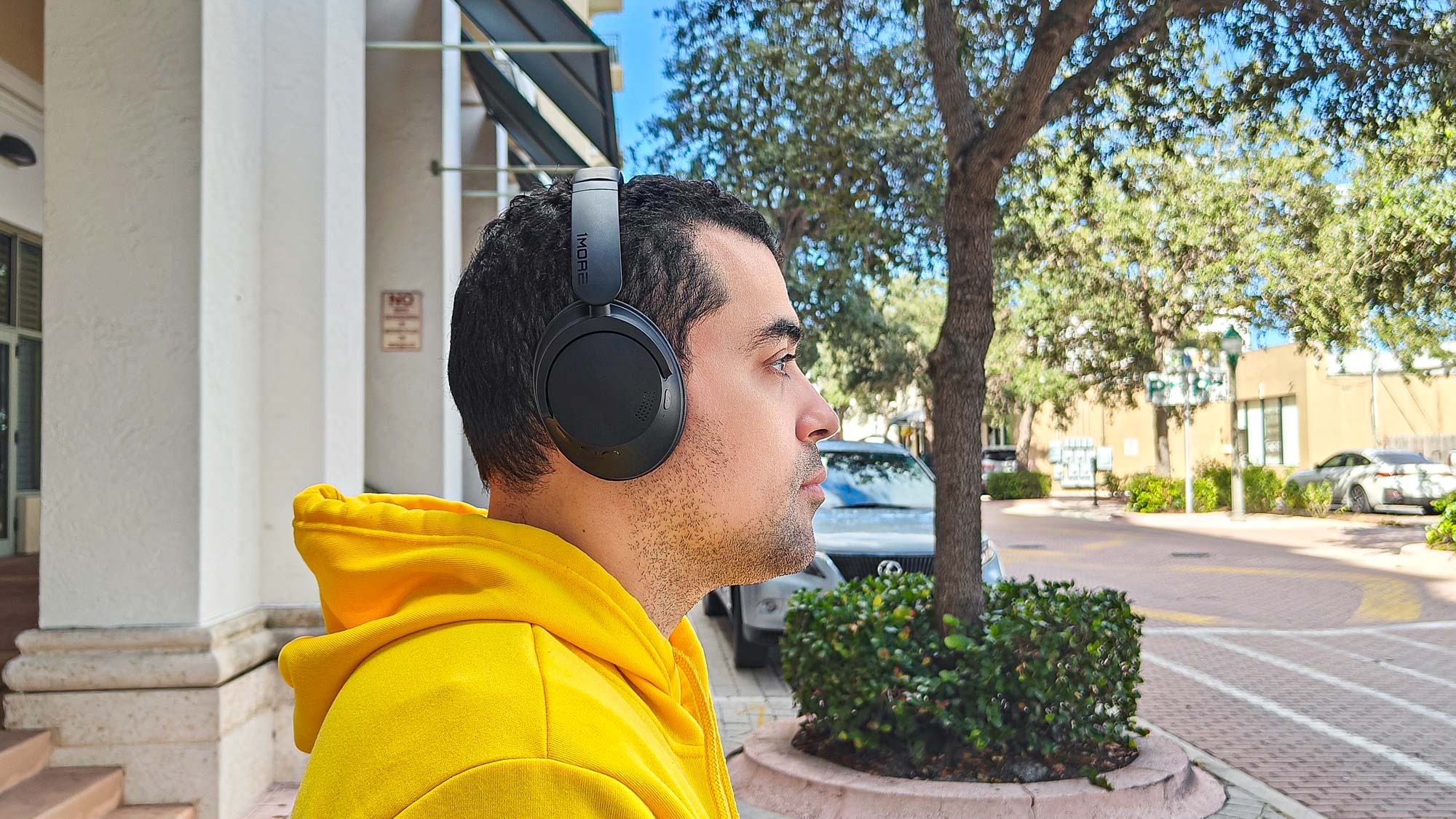
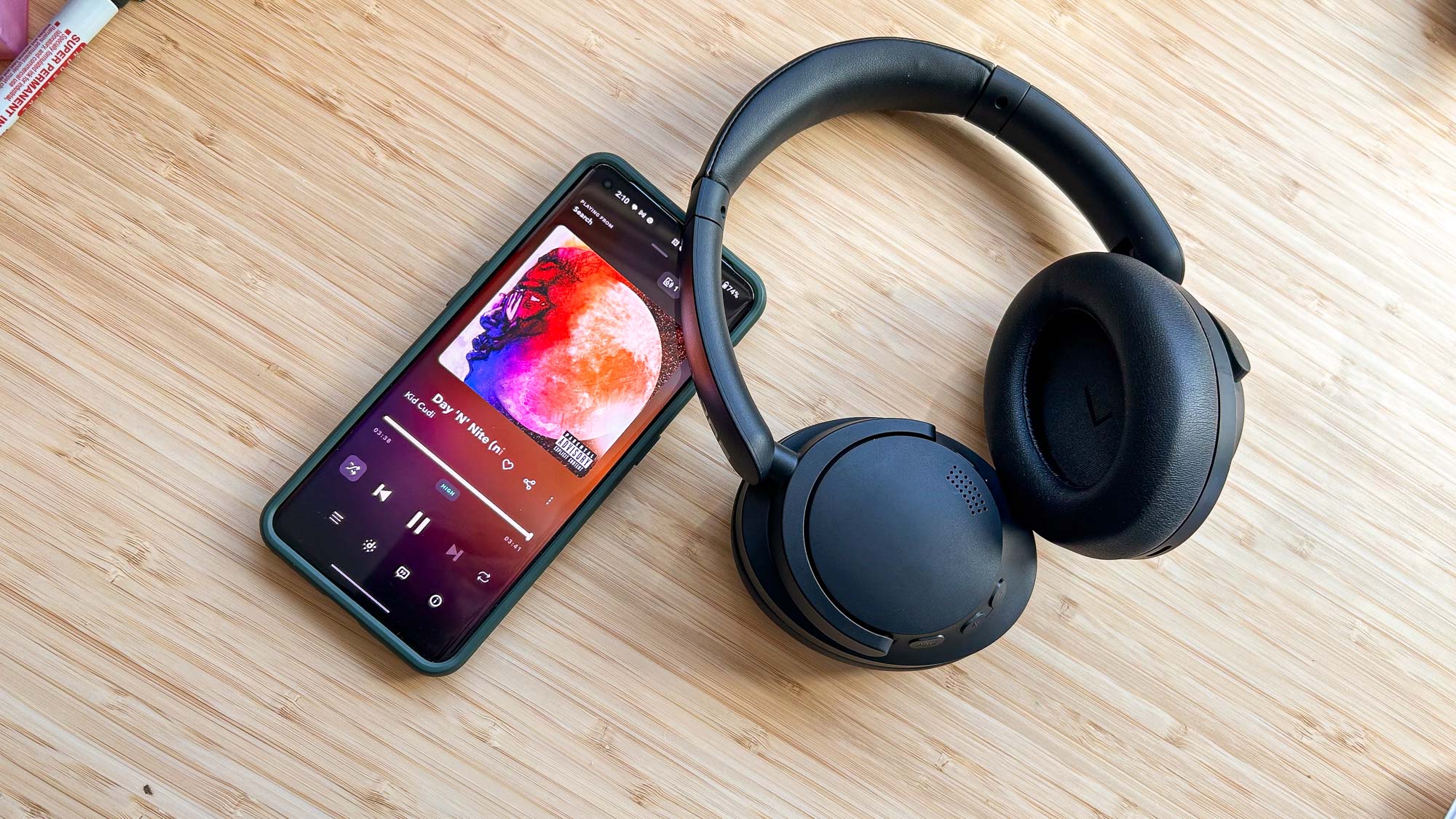
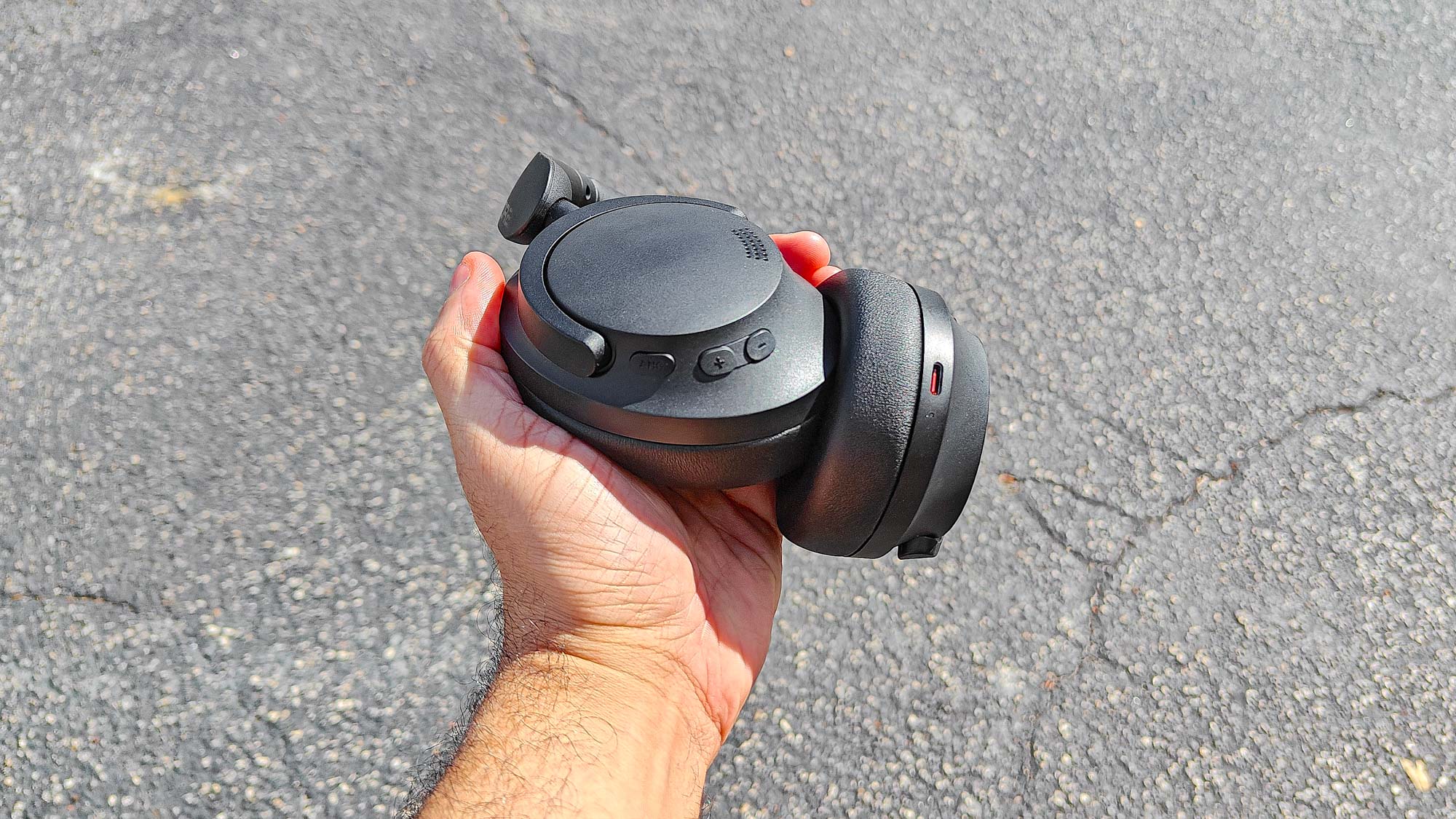


Specifications
Reasons to buy
Reasons to avoid
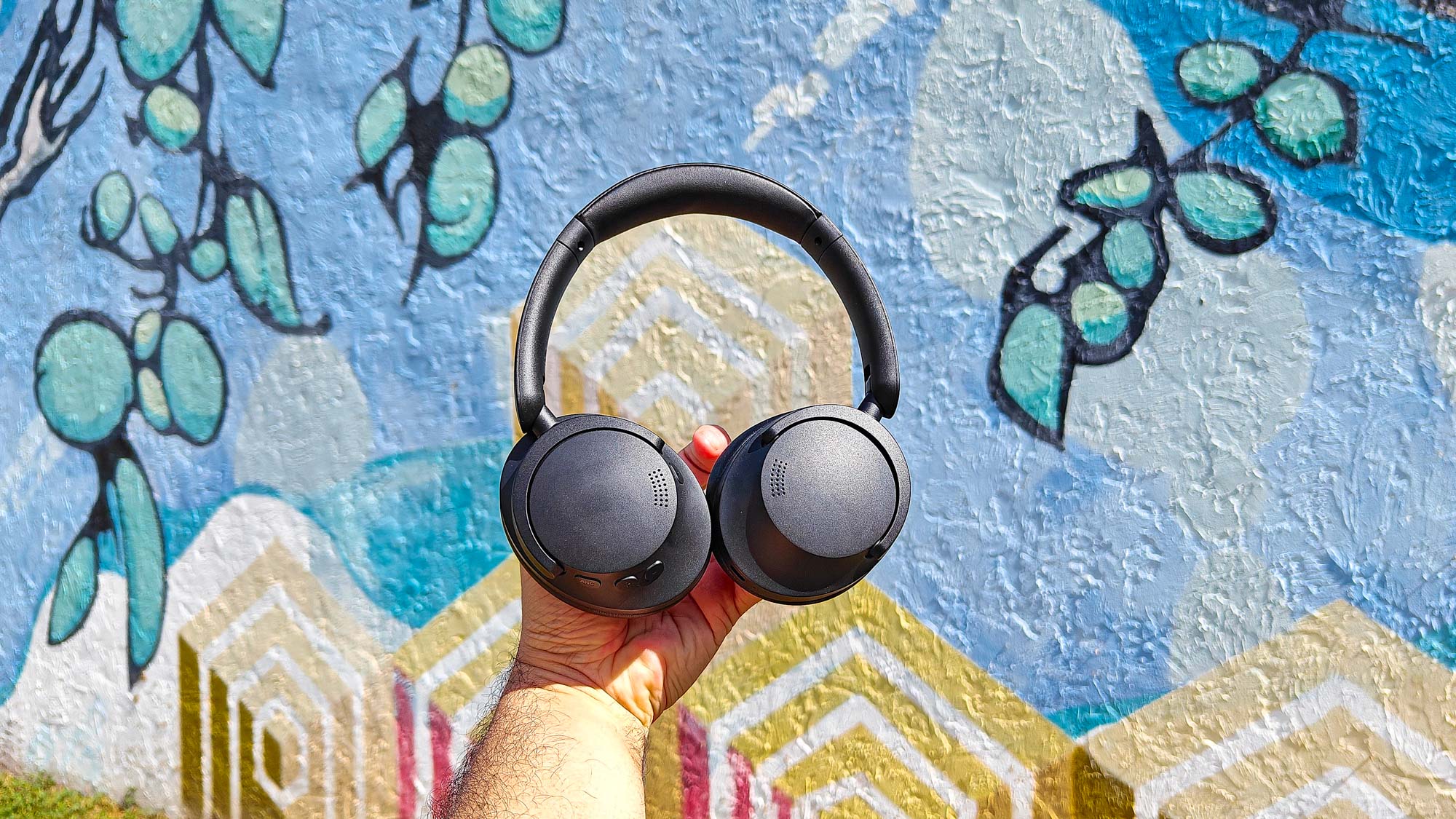
You don't need to spend hundreds of dollars for a good pair of headphones — you don't really even need to pay $100. Case in point, the 1More Sonoflow SE. They're a great sounding pair of ANC headphones that block out plenty of noise while not breaking the bank with their $50 price tag.
It used to be the case that spending under $100 on headphones would net you cheap, bad-sounding, plasticky nonsense. That's not the case anymore, and the 1More Sonoflow are the perfect example of a pair of headphones that are super cheap, and by extension, super good as well.
They're not going to compare in sound, noise canceling or build quality if you put them up against the most expensive options out there of course. But you'd be surprised how good they feel on your head, how much noise they are capable of blocking, and how good they sound for the price.
They actually rank better in one key factor than some of the most expensive headphones on this list — battery life. I've used the headphones for weeks on end before, thanks to their monster battery life. 1More claims 70 hours with ANC off and 50 when you turn it on, although our tester and I found we got more than the rated battery life.
For $50, there's not really anything that compares. There are problems — no carrying case, no hi-res audio support, slightly flimsy built, and a buggy app to name but a few — but they're incredibly easy to overlook when you remember that low, low price.
let's break it down...
Comfort
While not the sturdiest headphones around, the Sonoflow SE are still a very comfortable set of cans to wear for long periods of time. There's ample vegan-friendly padding on the earcups and the headband, and they're relatively lightweight, so they don't cause too many problems during wear.
There's just one small niggle — they can get hot while wearing them for longer periods of time. You might need to wipe them down after wearing them as a result, as your ears and their surroundings get... moist.
Sound quality
Featuring a solid sound signature, the 1More Sonoflow SE bely their very low price with sound that matches headphones double and in some cases even triple the cost. They're more neutral than most of the options on the list, without too much low-end.
As a result, they're a very easy listen. Classical music sounds excellent, although R&B lovers and Rap lovers won't be let down by the low-end on offer from the SE. There's some excellent sound on display here.
Is it going to come close to the really expensive options on the list? No, but for $50, you're not going to find much that comes close sonically.
App
1More's app is easy enough to use, with a clear layout and easy menu options. There are plenty of features there as well, including EQ adjustments and ANC modes. Its slick presentation makes sure they're easy to find.
The issue arises with the actual, real-world usability. It's unstable. Very unstable. Unfortunately, it's stricken with constant crashing, annoying connection issues, and various other problems that make it a pain to use. Thankfully, it's not something you'll have to use all that much, given how well the headphones themselves work out of the box, but it's still a shame.
ANC
While you might not be able to block out the sound of a busy building site, you'll be perfectly fine keeping the sounds of your average office out. I found it great at keeping the noise of buses and trains at bay, although it did struggle slightly with the high-range sounds that you might encounter out and about.
It wasn't enough to make them not worth their $50 price tag, but prices have to be cut somewhere. Transparency mode works well too, although there is some slight crackling that I found when trying to take some money out at the bank. I nearly ended up $1,000 down instead of $100 when I couldn't quite hear the teller. It only happened once, but it's worth noting.
Battery life
The battery life is amongst the very best in staying power of anything on the list. The 1More Sonoflow feature battery life that lets them last 70 hours with the ANC turned off, and then 50 hours if you turn it off.
That's the most battery life so far, and myself and our tester found that there might even be more battery life on board depending on your volume level. Excellent, not just for the price, but for a pair of headphones in general. There is just one better candidate for battery life... but that comes later.
- Read the full 1More Sonoflow SE review
Best sounding headphones
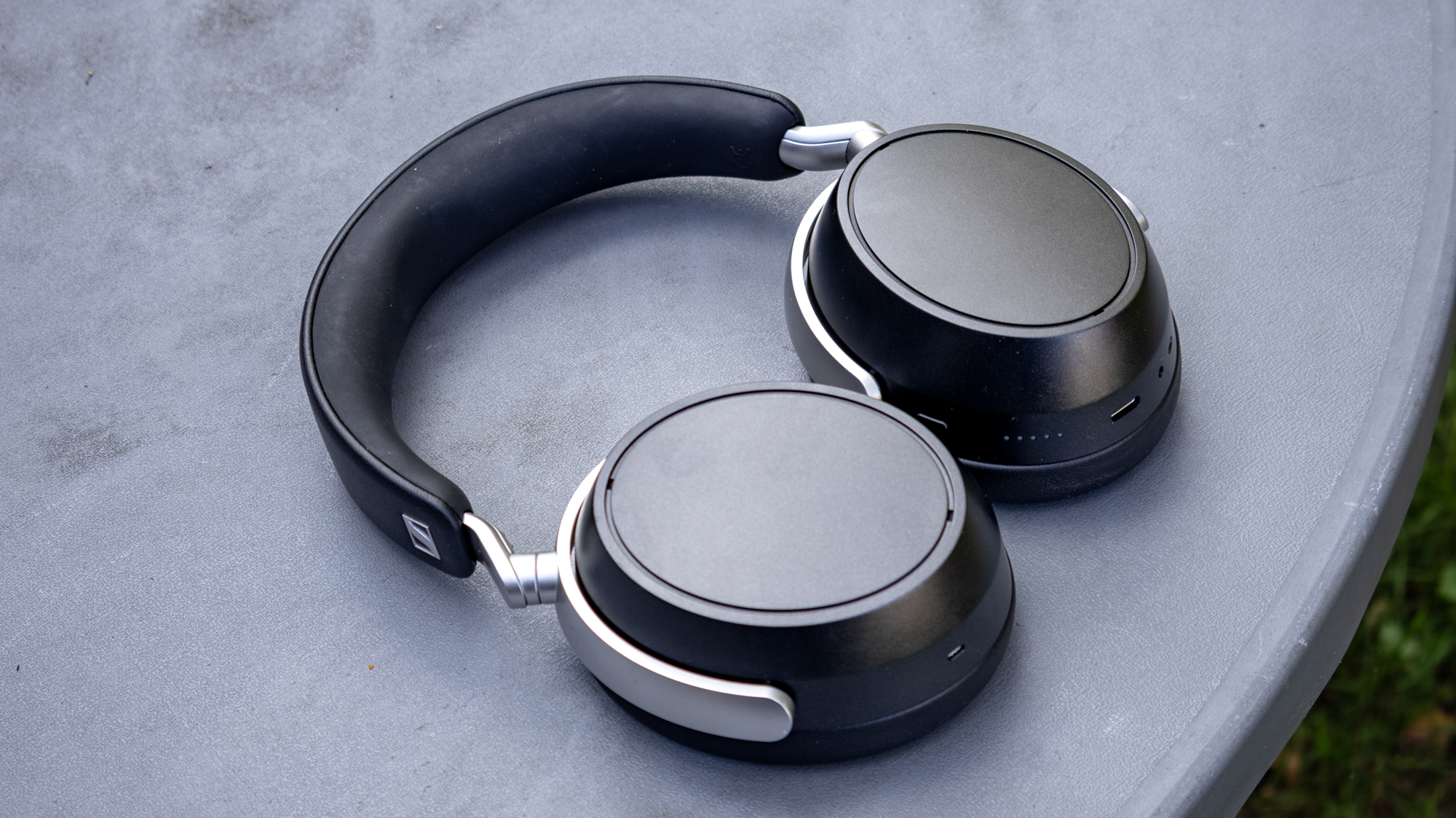
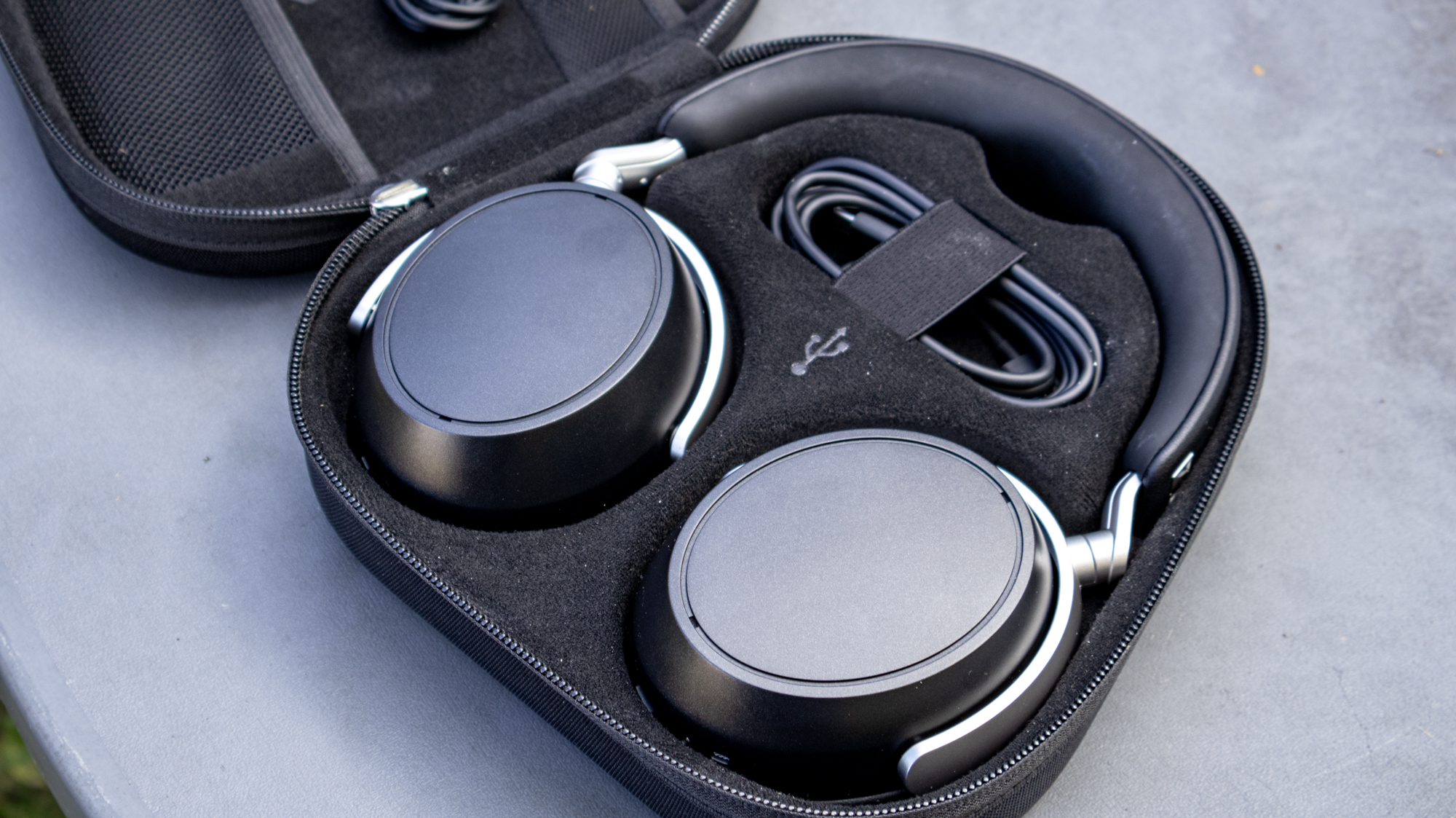
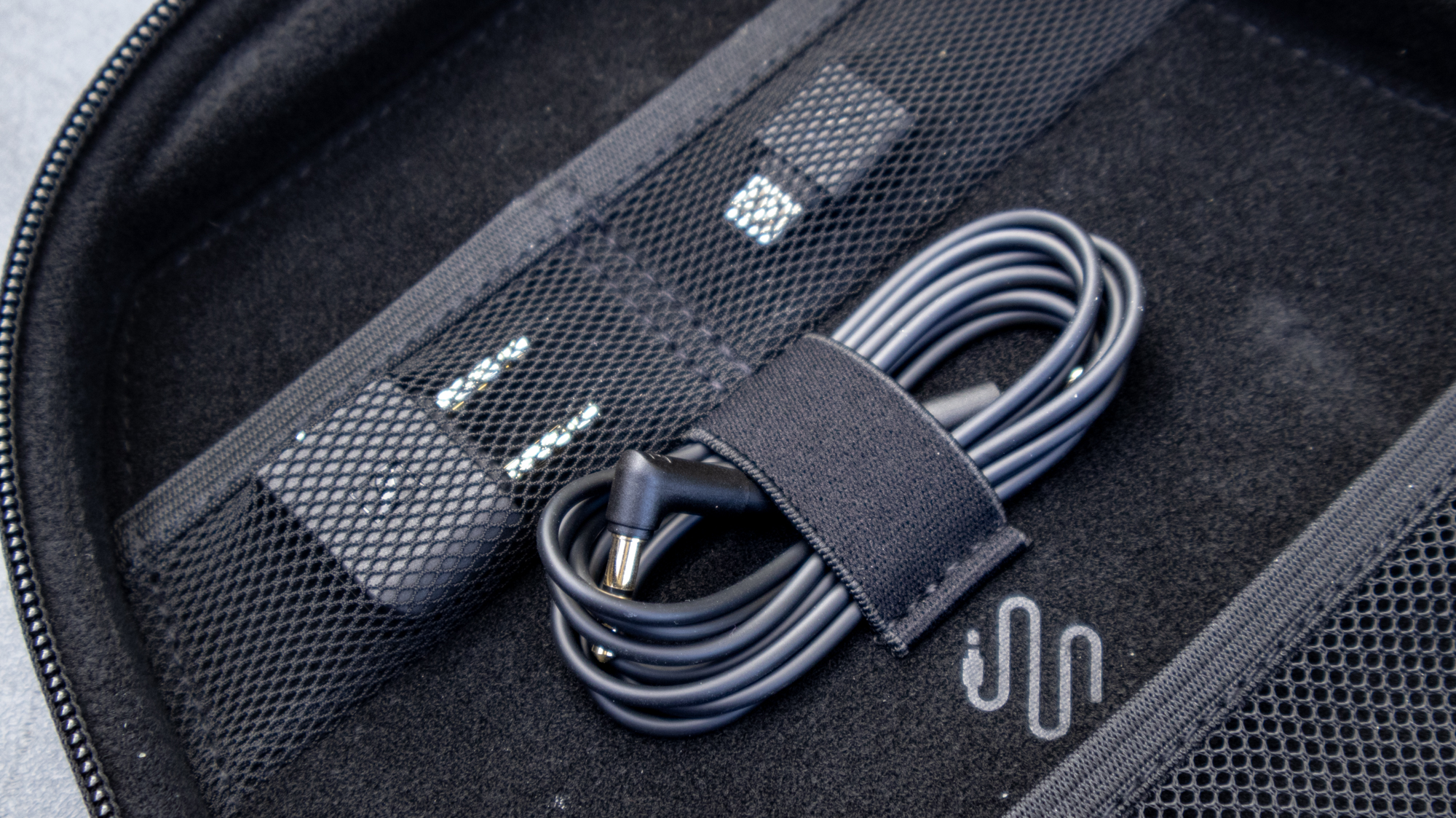
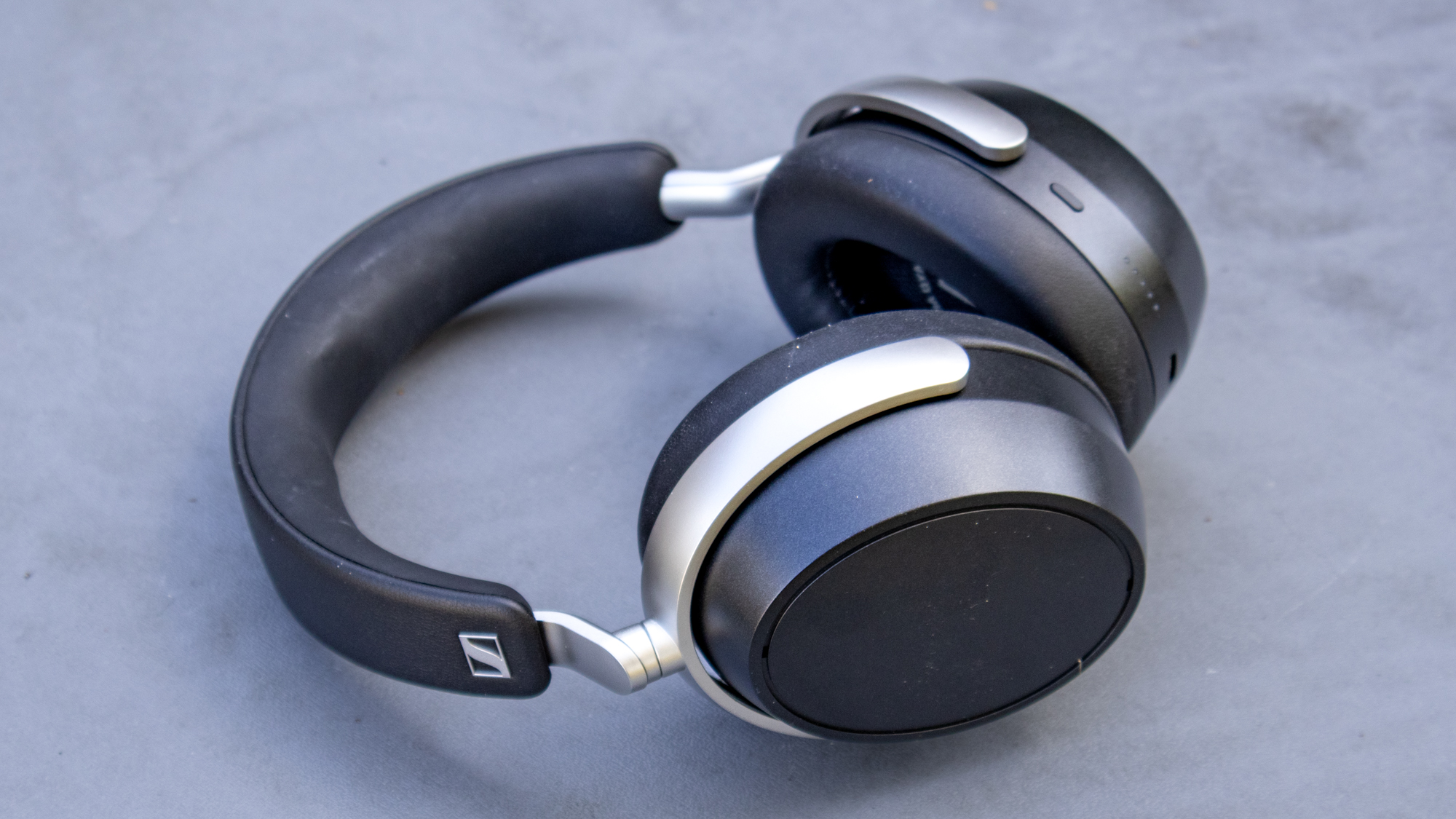
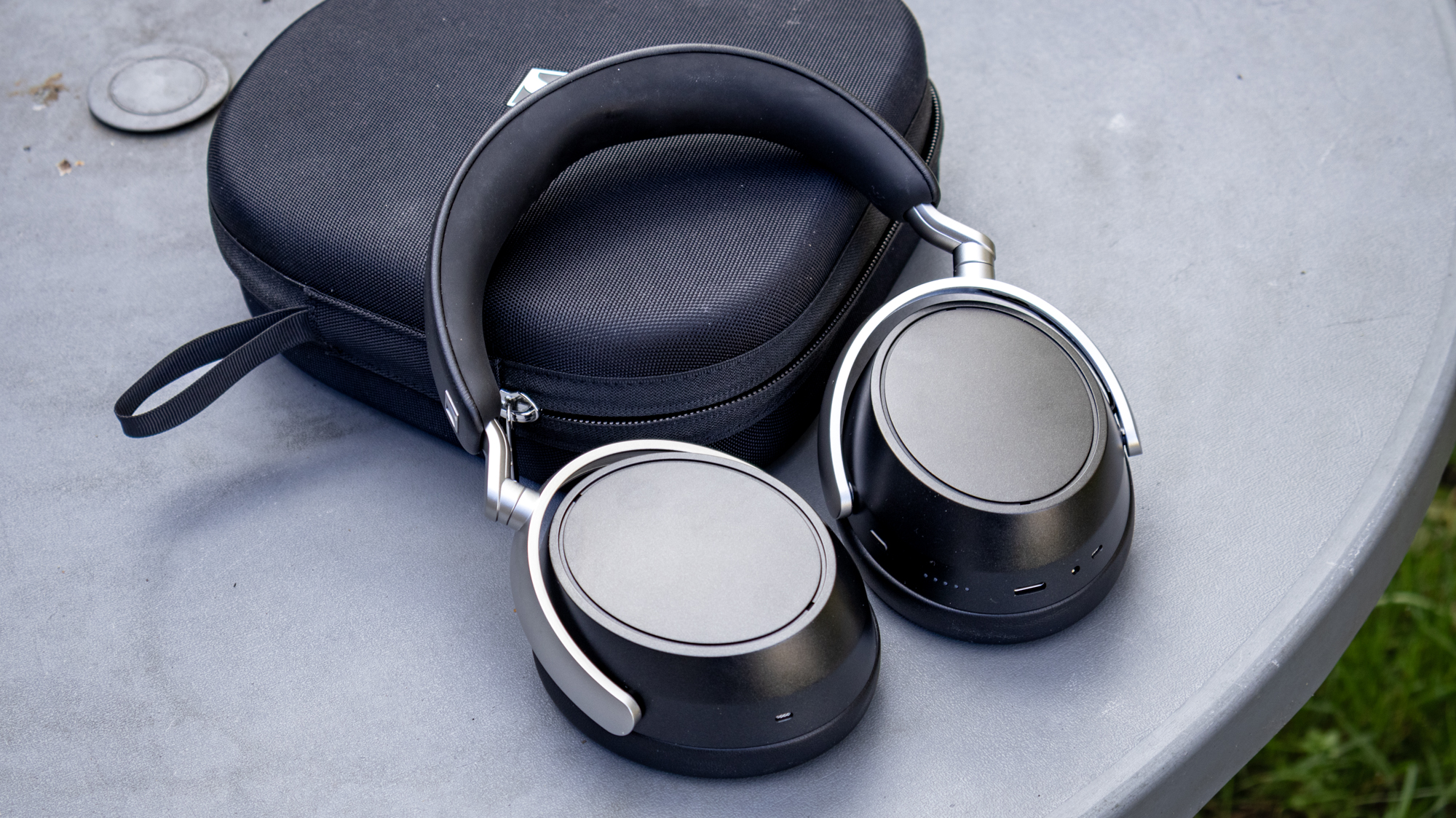
Specifications
Reasons to buy
Reasons to avoid

The HDB 630 are directly aimed at audiophiles, with loads of features for sound fans. Their little Bluetooth dongle means that they're going to sound excellent no matter the device you're feeding them with audio. They're comfortable, and the ANC is solid —the best headphones for audiophiles.
Sennheiser has a long history of making headphones that are designed to sound better than anything else, and the HDB 630 are the latest in the line. They're a wireless pair of headphones that really bring the sonic heat, with one of the most detailed sound signatures you can buy today.
It's the high range and detail retrieval that really shines with the HDB 630. They will reveal the most minute details in your music when you listen, so that you can hear things that you might not have noticed before. Some might call them too analytical — but for some, that's part of the point.
They sound more engaging than the Sony WH-1000XM6 and the Bose QuietComfort Ultra Headphones. Then there's the ace up the HDB 630's sleeve — the Bluetooth dongle in the box. That means that you can listen to high-quality codecs on devices that don't normally support wireless lossless listening.
I've had a lovely time with the Sennheiser HDB 630 — they might not be the best built or the most attractive, but they sound better than anything else that costs the same.
let's break it down...
Comfort
As a fairly light pair of headphones, the HDB 630 are a comfortable fit. They're covered with silicon and synthetic leather, both of which are soft and comfortable on the skin. Clamping force is good too, so I had no worry about them falling off or being too tight when I was testing them. They're not quite as comfortable as the B&W Px7 S3, but they're a comfy pair nonetheless.
The synthetic leather means they're vegan-friendly, although the silicon headband does take a little away from what should be a more premium experience. They also don't get huge — those with much larger heads should look elsewhere.
Sound quality
There's more to the sound quality of the HDB 630 than just what you hear when you put them on. They do sound spectacular when you use them out of the box, with sumptuous detail and controlled, even bass. There are crystal clear highs and a wide mid-range that never muddies.
It's the incredible EQ settings that really get things going, though. There's the Parametric EQ for some super granular adjustment, and then a more standard EQ for those too scared of band selection. Then, if even that is too daunting, there's are EQ presets to change the sound.
They're immersive, they're clear, and they're easy to listen to. There aren't many headphones that really let you critically listen on the go, but the HDB 630 make it easy.
App
Sennheiser's app is very easy to use, and is packed full of features. It's set out in simple cards in the app, and you customize what appears in the front page for easy access. There are EQ modes and adjustments so that you can change the sound on the fly.
Things can get busy if you're not careful, but if you spend a little time curating the app you can very easily dial in your perfect Sennheiser app experience. Considering you need it for all the features the headphones offer, it's good that it's a solid app.
ANC
The HDB 630's ANC might not be quite as good as that found in the Sony and Bose competition, but it's still excellent. It does a solid job of blocking out the noise of the outside world so that you can listen to your music without disturbance.
The transparency mode is solid too, and lets you hear what's going on around you more easily. It sounds natural, so you won't have strange-sounding shop clerks when you go to buy your breakfast.
Battery life
Battery life is excellent. The headphones last for 60 hours with ANC turned on, a whole 30 hours more than the closest Bose and Sony alternatives. Only the Marshall Monitor III feature more battery life.
It does drop when you use the extra Bluetooth dongle, bringing the battery life down to 40 hours. That's still epic battery life, and more than enough to last you through several days of work.
- Read the Sennheiser HDB 630 review
Best battery


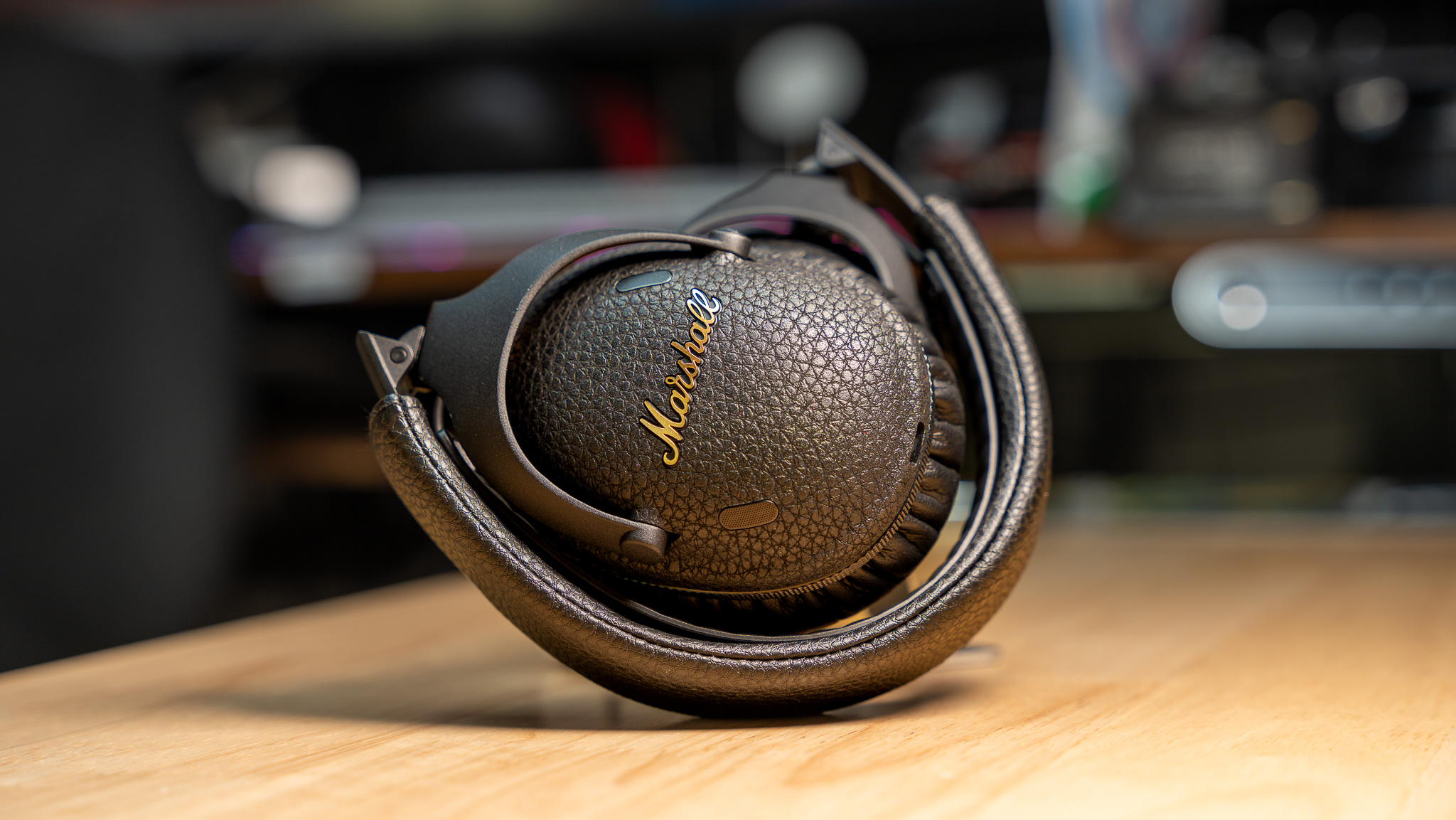

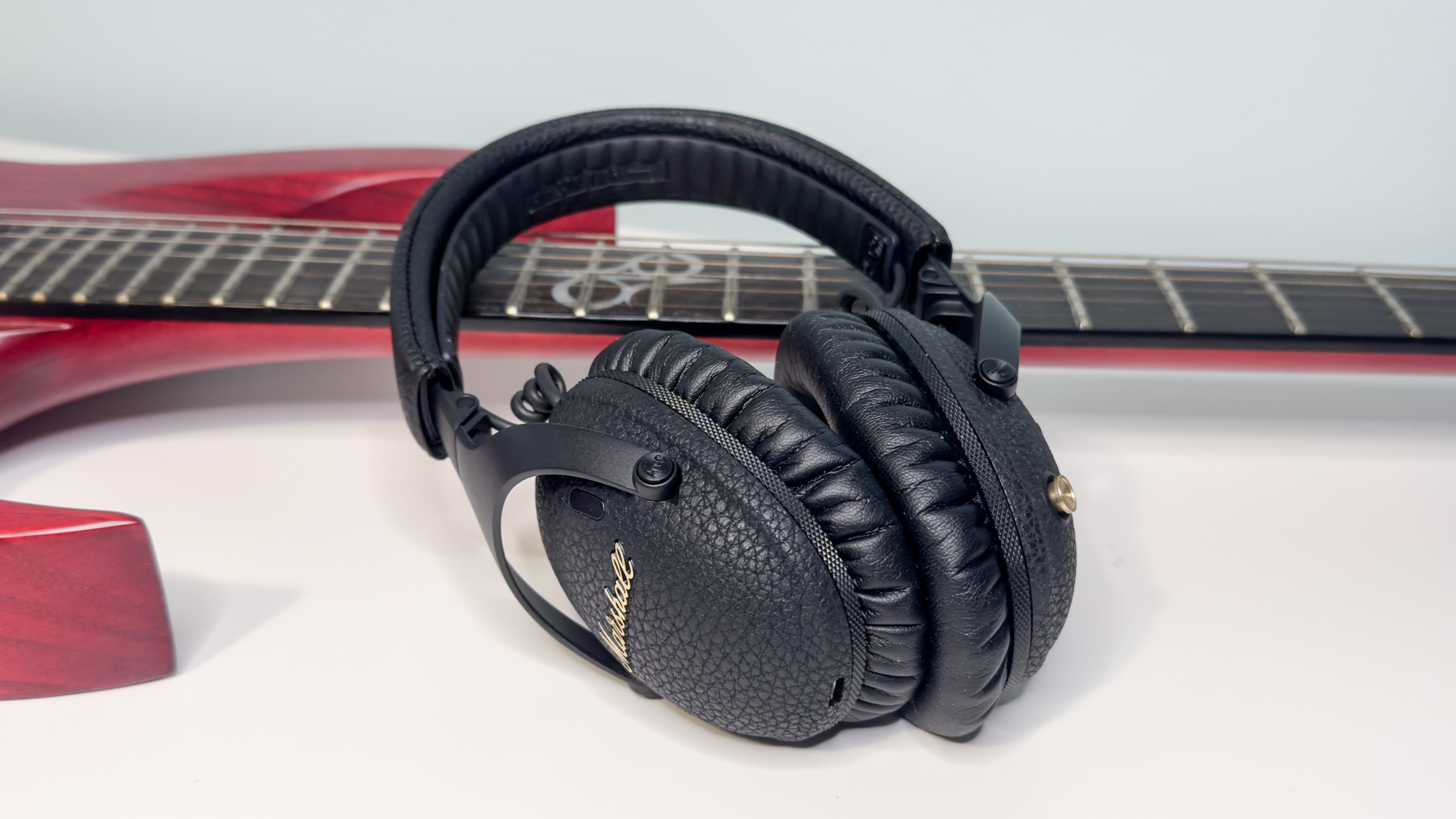
Specifications
Reasons to buy
Reasons to avoid

Marshall has its own unique style, and none of their headphones exude it quite like the Monitor III. They sound great, and they're very light and comfortable. It's that battery life that's the headline here, though — at 100 hours with the ANC turned off, they're the longest-lasting headphones on the list.
I have a great affinity to Marshall's products. As a metal head with a penchant for things that look like stage-used gear, the style that Marshall puts into its gear is a big draw for people like me. The Marshall Monitor III exemplify everything I love about the brand.
They're smothered in a textured, amp-like finish, and it makes them not only super rugged and sturdy feeling, but also it rekindles memories of leather-clad amplifiers. The brass marshall logo is a great design touch, and the headphones themselves feel solid in the hand.
Slip them on and you'll find a comfortable pair of headphones with some new foam for this model. There are two layers to keep them comfortable for long periods, and I found it worked wonders when wearing them for extended periods of time.
It's the battery life that lands them here, though. 100 hours. Admittedly, you need the ANC turned off, but even when it's turned on you get 70 hours. That's mad. I'd argue it's perhaps more than you actually need, but it's great if you know you'll forget to charge them.
let's break it down...
Comfort
For the Monitor III, Marshall made a new type of foam with two layers. One has more give for a soft, pillowy feel, and the other a little firmer, so they stay comfortable for longer. I love wearing the Monitor III as a result. The clamping force is very well judged, so the headband doesn't dig into your head. Extra bonus: Despite that leather look, they're synthetic and thus vegan-friendly.
If there's one comfort complaint you could level at the headphones, it's that the headband is a little too eager to twist into its folded position. It doesn't make them uncomfortable at all, but it does make them taking them off more annoying than it should be; especially if you've got long hair that likes to get caught in the mechanism.
Sound quality
Personally, I'd argue these sound better than the Bose and Sony equivalents. They have a more measured delivery, with more control in the low end more potent mid-range bias. The highs are clear and bright, and bring plenty of detail to the table.
As you might imagine, they're great for heavier genres like rock and metal, but they'll happily oblige if you listen to the likes of R&B, Dance or Rap. Classical music is a lot of fun I found with the Marshall Monitor III as well, and even Jazz worked well through the headphones.
There's a version of spatial audio on board called "Soundstage," and it's... not great, unfortunately. It just adds some extra echo and a little more reverb to make the music appear wider. I would leave it firmly in the 'off' position.
App
The app is the same one that all of Marshall's audio gear uses, and it works well enough. It's simple and fairly easy to use thanks to large buttons and an intuitive layout. There's plenty to get in-depth with in the app as well, including multiple ANC modes and EQ customization.
There are some pre-made EQs, but you can also use a banded EQ to really dial in how the headphones sound. This is also where you'll find the Soundstage settings. One to leave alone, I'd say. In the end, it's a helpful app that adds to the package rather than complicating it.
ANC
ANC is about par for the course. I found that it wasn't up there with the likes of the Sony WH-1000XM5 or the Bose QuietComfort Ultra Headphones, but it was better than the AirPods Max and headphones closer in price to the Monitor III. It blocked out the noise of all the public transport I put it on.
Transparency mode is a little less good, unfortunately. It seems to want to isolate voices amongst the rest of the din, but it's not very good at it. I found I mostly got a garbled mess in the end — I'd just slip them off to talk to people.
Battery life
This is where the Monitor III really shine. They'll last you 100 hours with the ANC turned off, which is around two weeks' use if you were to use them while working. Turn ANC on and you get 70 hours, or about 10 hours per day of the week. That's a lot of battery life.
When I was testing the Monitor III, I used them for around 2 weeks, and during my testing, I didn't need to charge them even once. Since then, I've had to charge them a few times, but the 100-hour battery life claim rings true in my testing.
- Read the full Marshall Monitor III review
Also tested
Not everything we test gets a place on the best list — there are always some that don't quite match up to the options that we think fit the list best. These are the headphones that got very close, but didn't quite manage to take the fight to our top picks. Sometimes they've just been dethroned, and they're still a great pair of headphones.
Whatever the reason they're here, these are some extra options that you should also consider buying.
The B&W Px8 S2 sound impeccable. They've got effortless bass control, spectacular detail, and great soundstage. They're very comfortable, very premium — and very, very expensive. They've been our best sounding headphones, but the HDB 630 got close for less — and you can't listen to the Px8 S2 with high quality codecs on iPhones and older Android devices without a separate dongle device.
Read the full Bowers & Wilkins Px8 S2 review
The king has been dethroned, although you'll still find an excellent pair of headphones here if you're a Sony fan. They sound good, block out loads of noise, and have good battery life for plenty of staying power. They've now lost out thanks to the Bowers & Wilkins superior comfort, sound, and style.
Read the full Sony WH-1000XM5 review
We all thought that the XM6 would be the new best overall headphones, but they didn't feel like enough of an update for the extra cost. They're a still a great pair of headphones though, with very good ANC, solid sound, and a comfortable fit. The case is better than their predessors as well.
Read the full Sony WH-1000XM6 review
The Sonos Ace are Sonos' first foray into headphones, and while they don't quite take the fight to the Sony or Bose options, they're still very good in their own right. I really like their excellent Spatial Audio, and the ability to transfer the audio from your Sonos soundbar to your headphones is a godsend. They are a bit expensive, though, and they're not quite as comfortable as some of the other options.
Read the full Sonos Ace review
The Dali IO-8 are a truly wonderful pair of headphones. They sound incredible, with a very balanced sound signature and a wide open soundstage. They're a little small if you've got a big head, and their price is almost entirely unreasonable, but for those that can afford them they're definitely worth it.
Read the full Dali IO-8 review
The Focal Bathys have been dethroned by the Dali IO-8 for the best sound, but that doesn't mean the Bathys aren't still a great option. They're a bit cheaper, and you get a much better charging case in the box. Battery life is about the same, and the construction is similarly premium between the two. Buy these if you want excellent sound, but don't want to break the bank.
Read the full Focal Bathys review
If you're an Apple user, the AirPods Max remain an excellent option. A recent update has brought hi-res listening to the cans, and they sound good whether wired or wireless. Their ANC is good, although you'd hope their battery was much better than 20 hours, considering their relatively high price. The case is bad as well.
Read the full AirPods Max review
These were actually very close to being the best value pick on the list, but they were beaten out by the Space One Pro due to the latter's improved battery and superior sound. These are cheaper, however, and for the price, their sound, ANC and comfort are very much above average. Their solid carrying case does a lot of heavy lifting at this price point as well.
Read the full Edifier WH950NB review
How we test headphones
Testing headphones isn't all fun and games — it's hard work using different sets for hours and hours, looking at their ANC algorithm, testing their batteries to empty, and going in depth with their sound quality.
Ok, so it's not that hard, given that most of it is listening to music, but it's still important that we get a clear idea of how the headphones perform. Beyond wearing the headphones and seeing how comfortable they are, along with judging build quality and the value of the package itself, there are a few key variables that we have to test more rigorously to get an idea of how they fare.
Sound quality

This is the fun bit in our testing. We sit down for a few hours per day of proper, critical listening so that we can get a good, clear idea of how the headphones sound. We use the Tom's Guide testing playlist on Qobuz, which the testing team and I put together with tracks chosen to highlight different strengths and weaknesses in a pair of headphones.
We listen in a quiet environment first of all, and then compare the sound quality to the headphones on the list above. That gives an idea of the frequency response of the headphones and a clearer picture of the kind of sound quality that you can experience.
It's all hard work, of course. No fun to be found here. We don't also spend the duration of the testing period listening to our favorite tunes, and getting lost in our own musical worlds. And if we did, it wouldn't help at all in judging the headphones' sound in a day-to-day use case. Nope.
Want to listen along with the Tom's Guide testing team? Check out the playlist below:
ANC
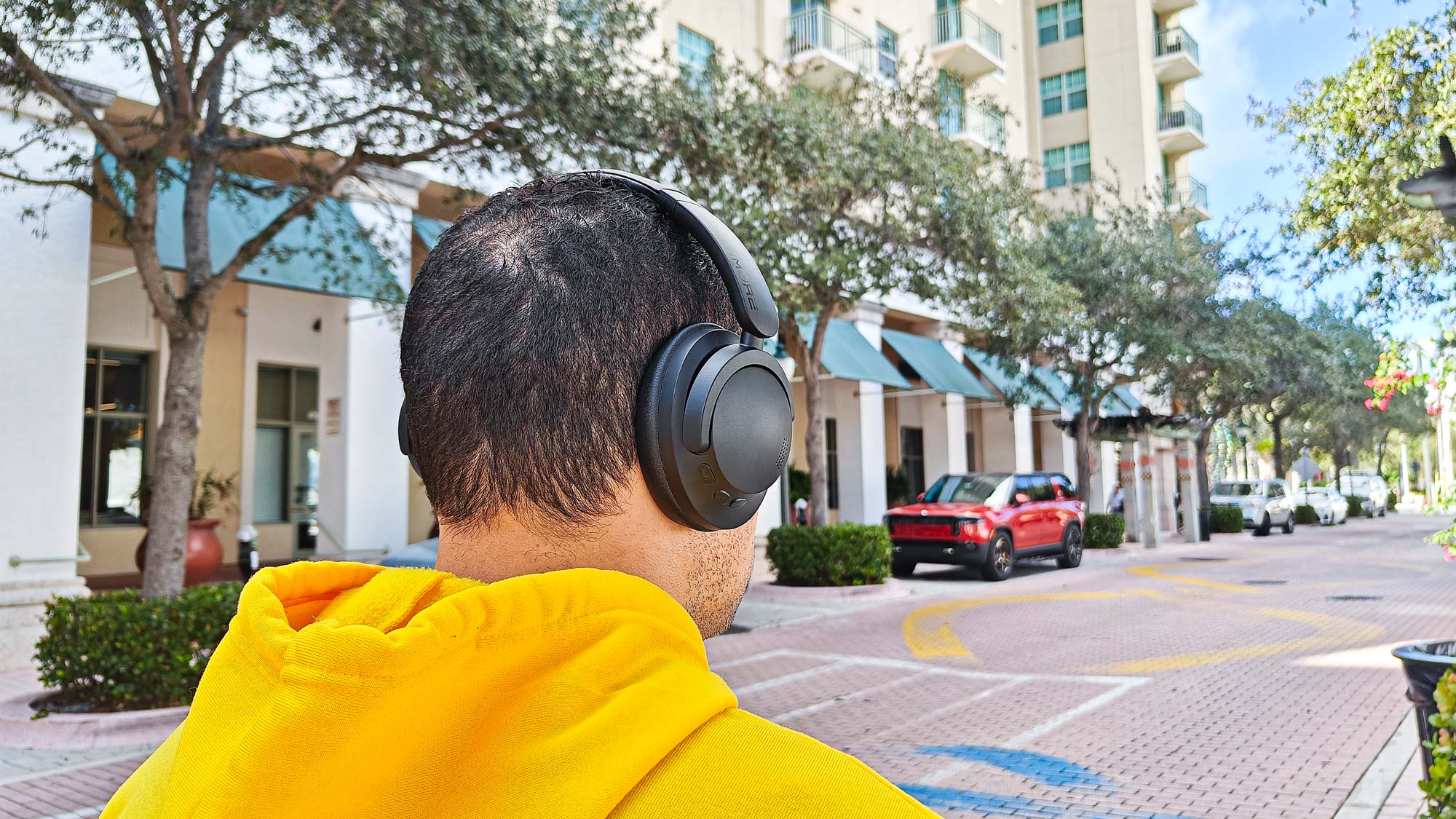
We want to make sure that the ANC performs well in a variety of different environments, so we take it out and about to really get a feel for how the headphones handle them.
That means taking them on the bus, the train, and even on intercontinental flights for hours and hours, and then noting our experiences when we get back in front of our keyboards. We want these to be as real-world as possible, so we use the ANC in the same kind of environments that you would be — there's no point testing how they'd sound 6 feet away from a jet engine, no matter how well it might show the ultimate strength of the algorithm.
For headphones with transparency modes and the like, we test the headphones when we need to speak to someone. That could be a bus driver, a colleague at work or the salesperson at the corner store.
We listen out for any kind of audio artefacting or noises that the microphones pick up, and whether the audio is clear or muddy.
Battery life
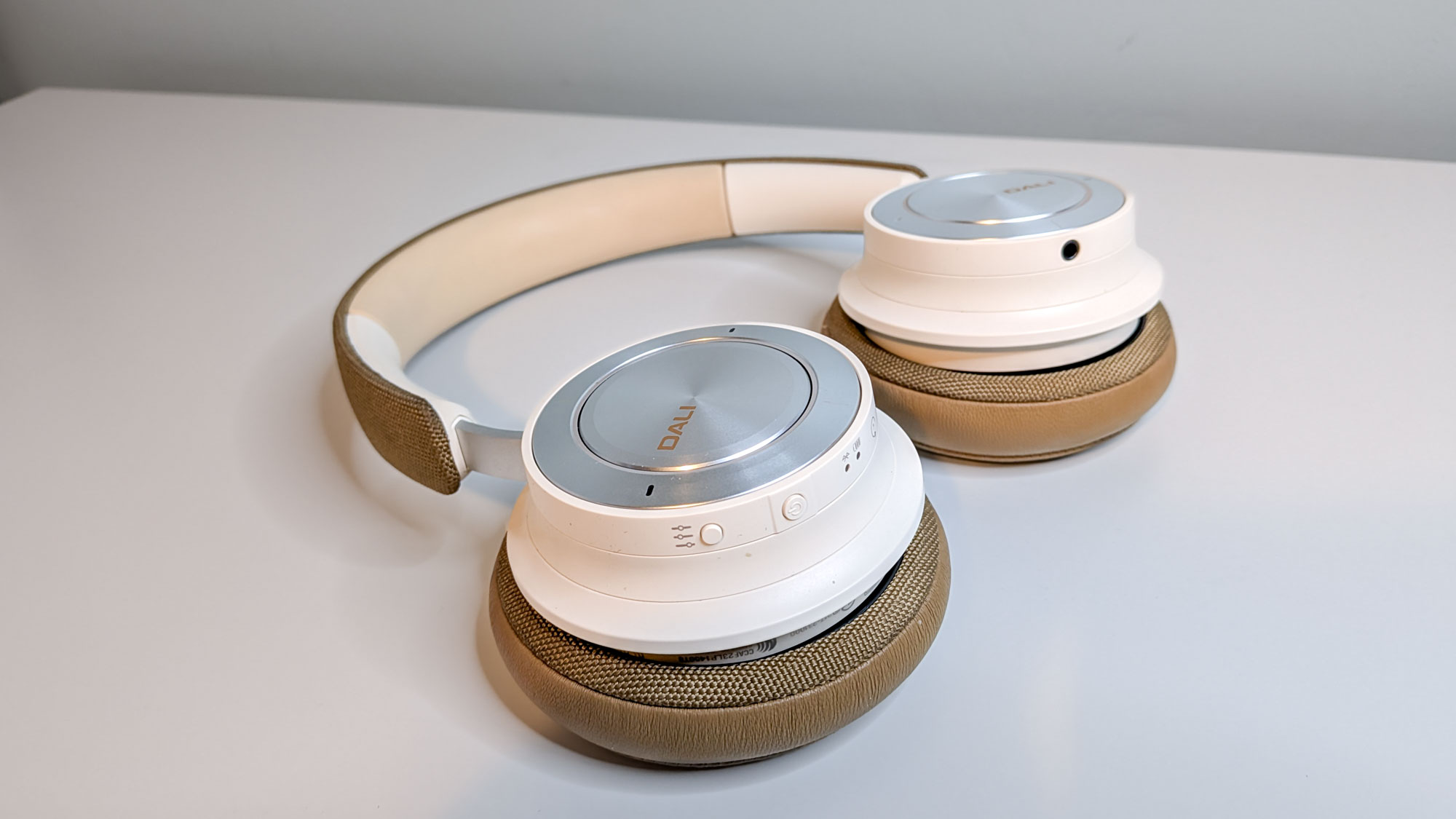
When headphones can last anything up to 100 hours now, it's never an easy task to test the battery of a pair of cans. Where possible, we like to measure the amount of time we listen to a pair of headphones before they reach the end of their battery life. We do this while listening with ANC turned on, and the volume at mid-level to replicate how you might actually want to use your headphones.
Where this isn't possible, we extrapolate battery life based on the percentage remaining and how long we've been listening to them. From there we can work out whether a manufacturer's claims are correct. This isn't the most accurate method of testing batteries, but sometimes battery life is so big that it's otherwise very tricky to measure them accurately through any other means.
Call quality

We start testing call quality exactly how you'd expect — we make some calls while wearing the headphones. From there though there are a couple of different variables that we consider when judging the call quality.
First, we want to make sure that the person we're calling sounds good. Are they clear, or do we struggle to hear them occasionally? We want to make sure than any noise canceling isn't getting in the way, and that we don't get interrupted by outside noises. How's the volume, and does it get piercing?
Then, we double check with the person on the other end of the call can hear us ok. Are we clear? "Can you hear me properly, and can you tell me where you think I am?" We test the call quality in a number of different environments from the roadside to public transport and everything inbetween so that we know that the call quality is good no matter where you are.
How to choose the best headphones for you
Our list should hopefully make the task a lot easier than it was before, but there are still some important things to keep in mind when you want to buy a pair of headphones.
Where are you going to be wearing them?

Different headphones excel at different things, and you want to make sure that your headphones are going to excel in your environment. If you are going to be wearing them in a noisy environment, for example, you'll want something with better ANC that can block out more noise.
If you're in a quieter spot, you might want to put your focus on the feature set or the sound quality. You'll have more flexibility, in that case.
If you're wearing yours in a city, you might not want a pair that screams "I spent a lot of money on these!" So you'll want to choose something that's slightly more understated.
How much do you want to spend?
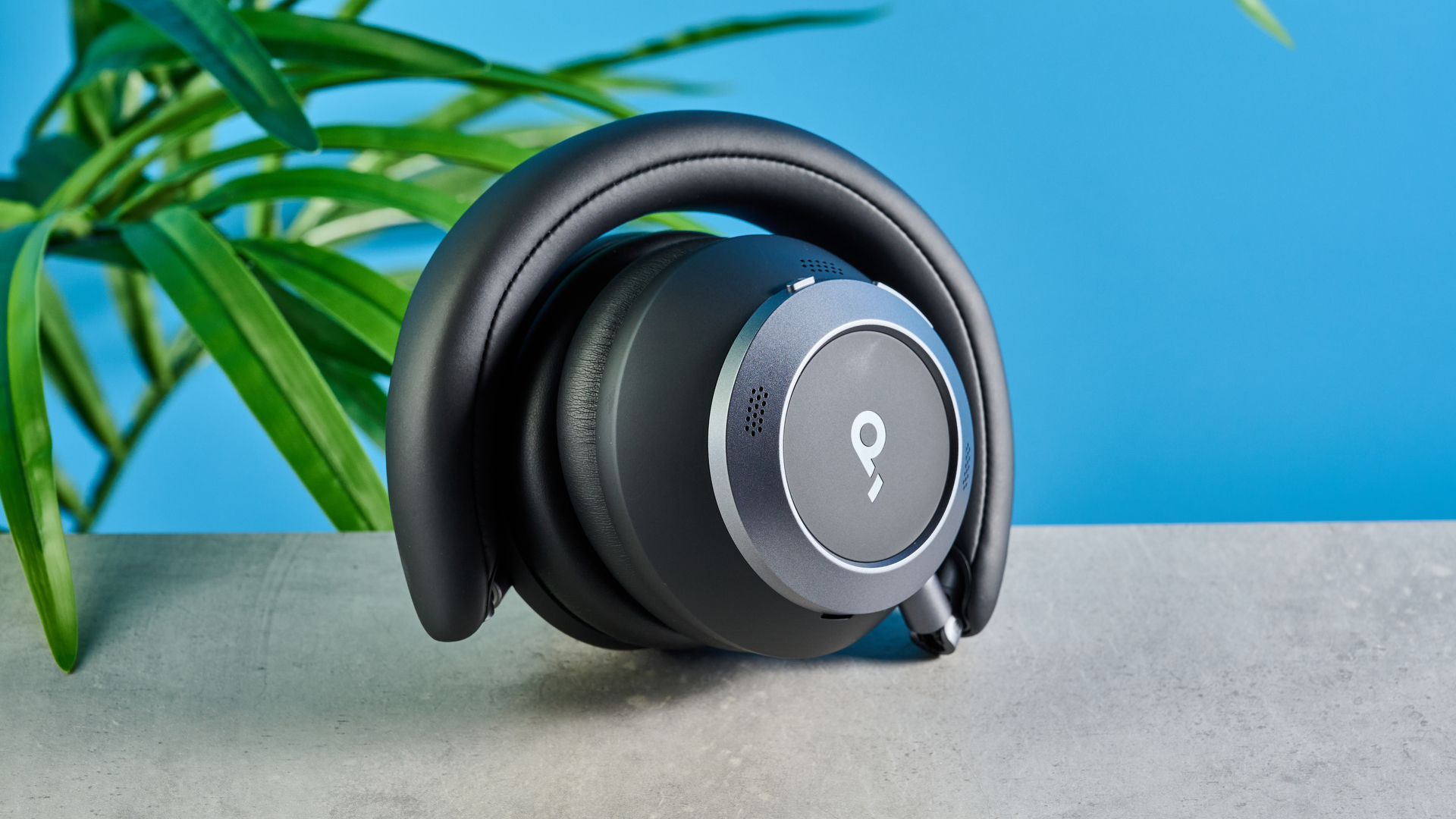
Work out a budget before you start thinking too much about the kind of headphones you want to buy. There are excellent options at loads of different price points, and don't be put off just because something is cheaper than the headphones at the very top of the list.
Similarly, don't think that just because something is more expensive means that it's going to be much, much better than something that doesn't cost as much. The Marshall Monitor III, for example, don't cost as much as Sony or Bose's flagship models, but they sound better.
Look out for hardcases

Generally, if you pay above $200, you're going to get a case in the box of your headphones. Not all cases are created equal, however. The hard case found in the box of the Marshall Monitor III, as pictured above, is much better than the softer case you'll find in the $250 more expensive AirPods Max, for example.
Do some shopping around and double-check that you're going to get the full package that you want when you're looking to pick up a new pair of headphones.
Don't be fooled by frequency response readings
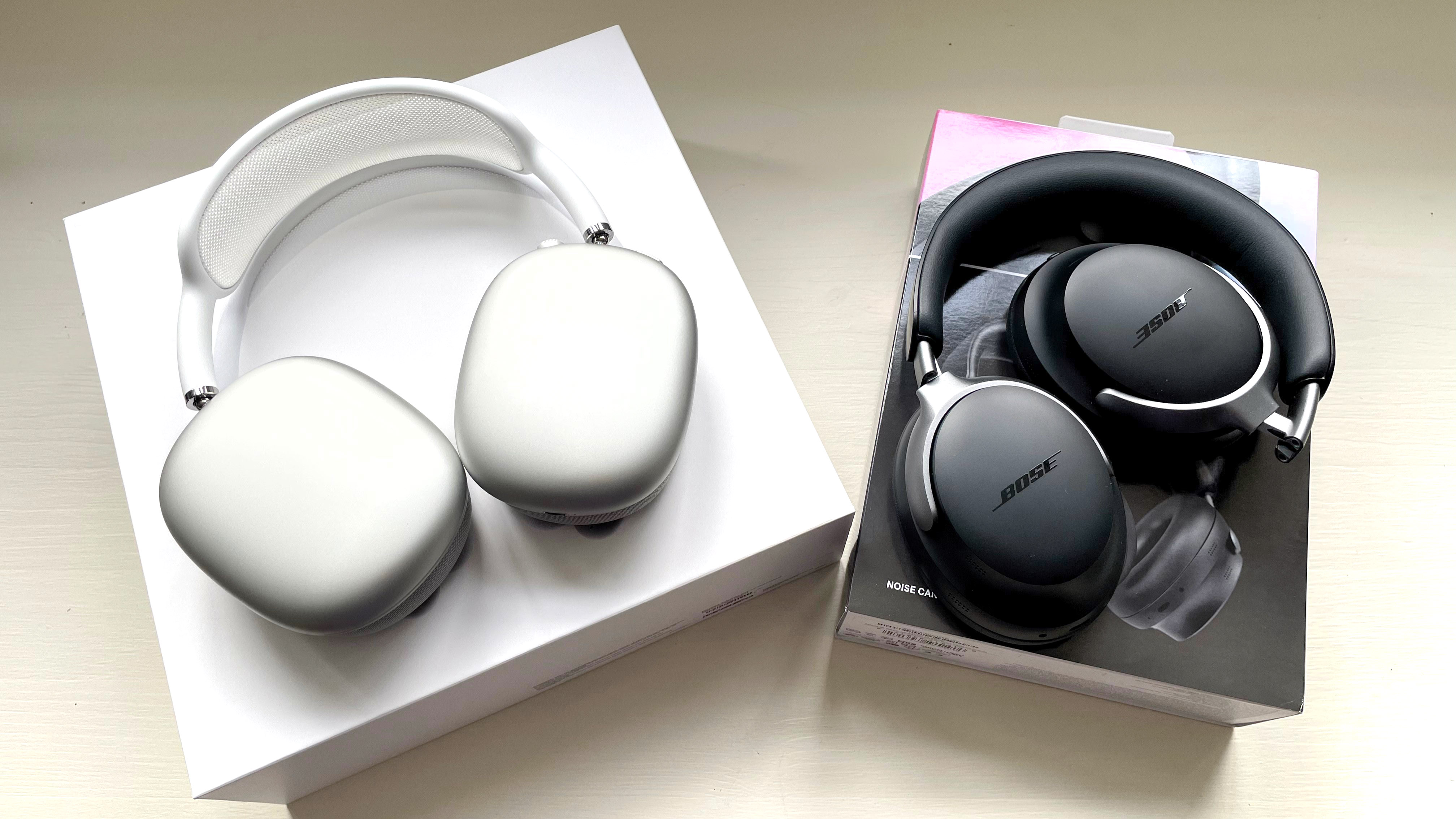
When you're reading through the specs lists of headphones, you'll often find a frequency response number. It might read something along the lines of "15 Hz - 22 kHz". The first number denotes how low they can go, and the second is the upper limit of the headphones. Everything in between is what makes up most of the music.
It's useful for spec-heads to brag about their headphones, but its very poor for working out how headphones actually sound. Just because a pair of headphones might be capable of going super low doesn't mean they're any good at it, and neither does the second number give you any idea of the quality of the high-frequencies.
It's about what the headphones do with the frequency range that demonstrates how they sound, and the only way to find that out is to give them a try. Or read one of our top-notch and informative headphone reviews.
Get instant access to breaking news, the hottest reviews, great deals and helpful tips.

Tammy and her generous collection of headphones have found a new home — Tom's Guide! After a two-and-a-half-year stint as iMore's resident audiophile, Tammy's reviews and buying guide expertise have more focus than ever on Tom's Guide, helping buyers find the audio gear that works best for them. Tammy has worked with some of the most desirable audio brands on the planet in her time writing about headphones, speakers, and more, bringing a consumer focussed approach to critique and buying advice. Away from her desk, you'll probably find her in the countryside writing (extremely bad) poetry, or putting her screenwriting Masters to good use creating screenplays that'll never see the light of day.
